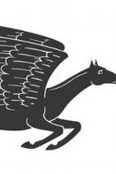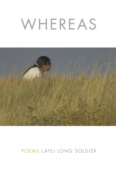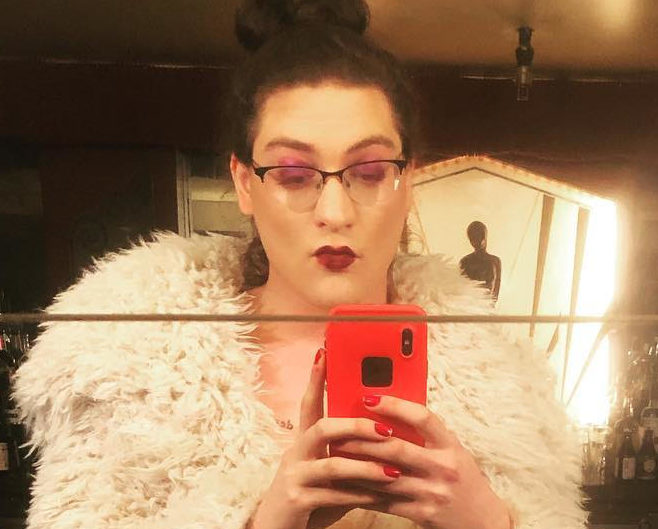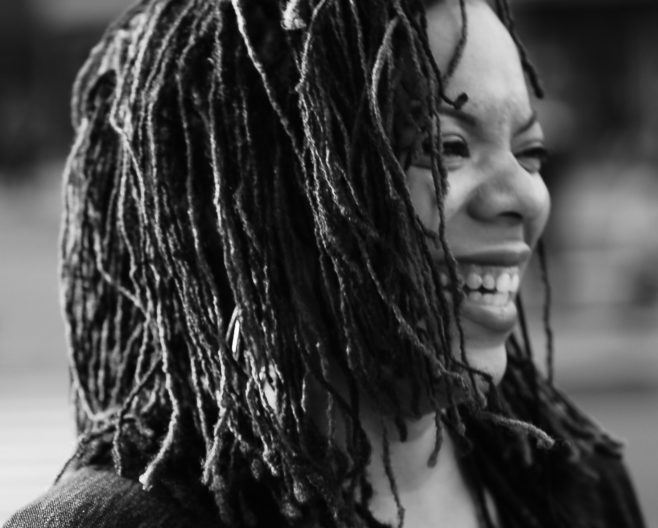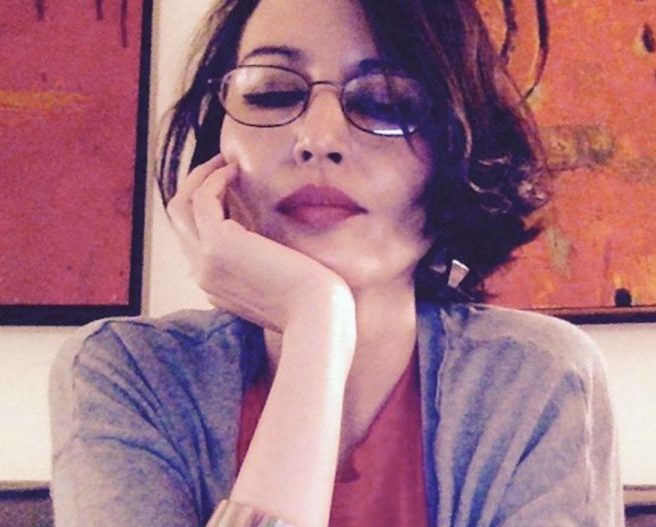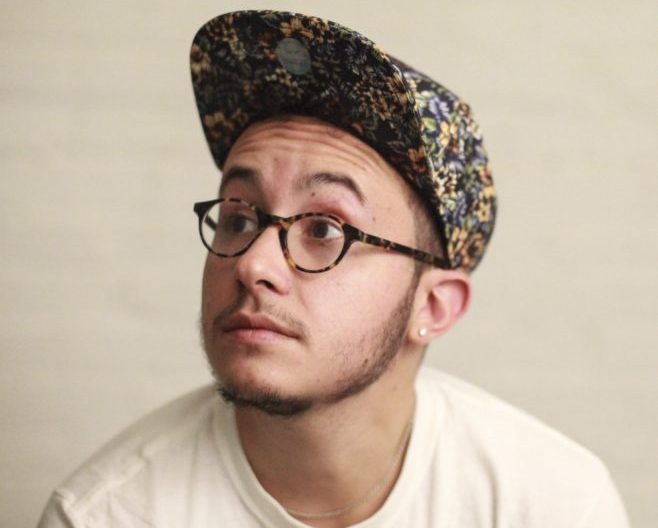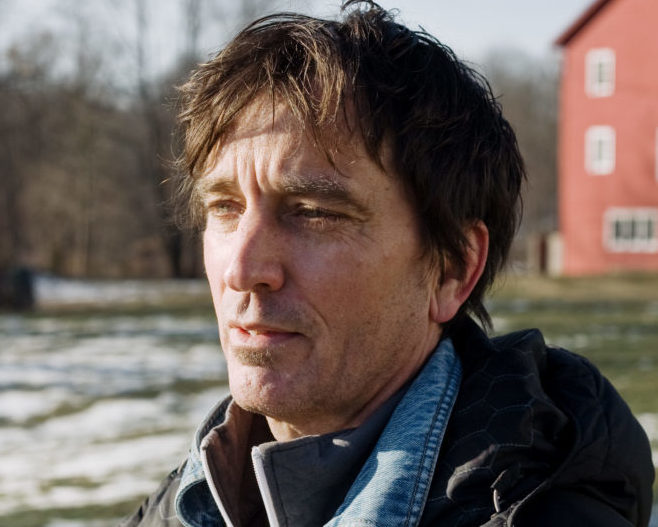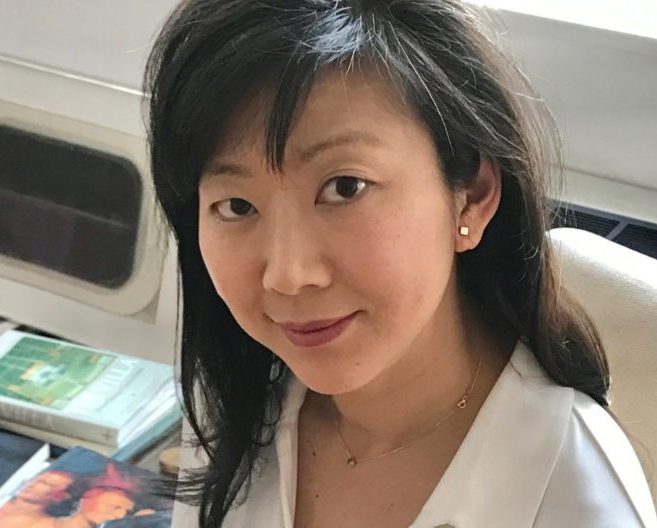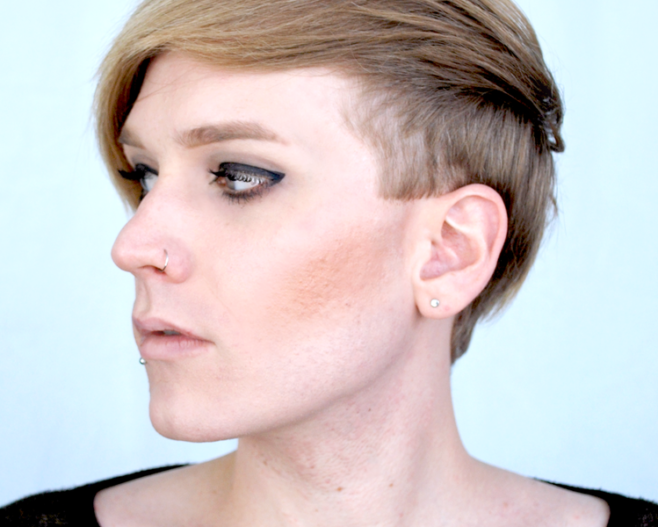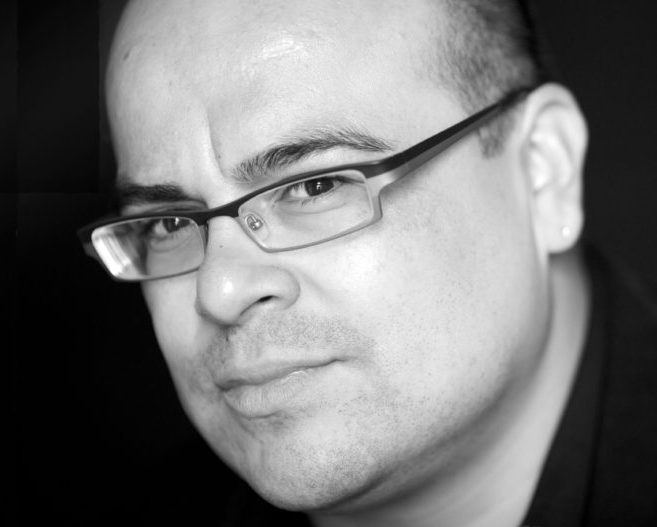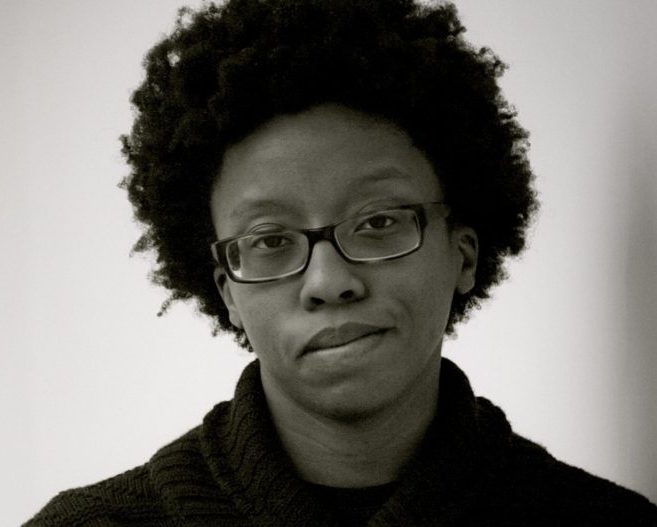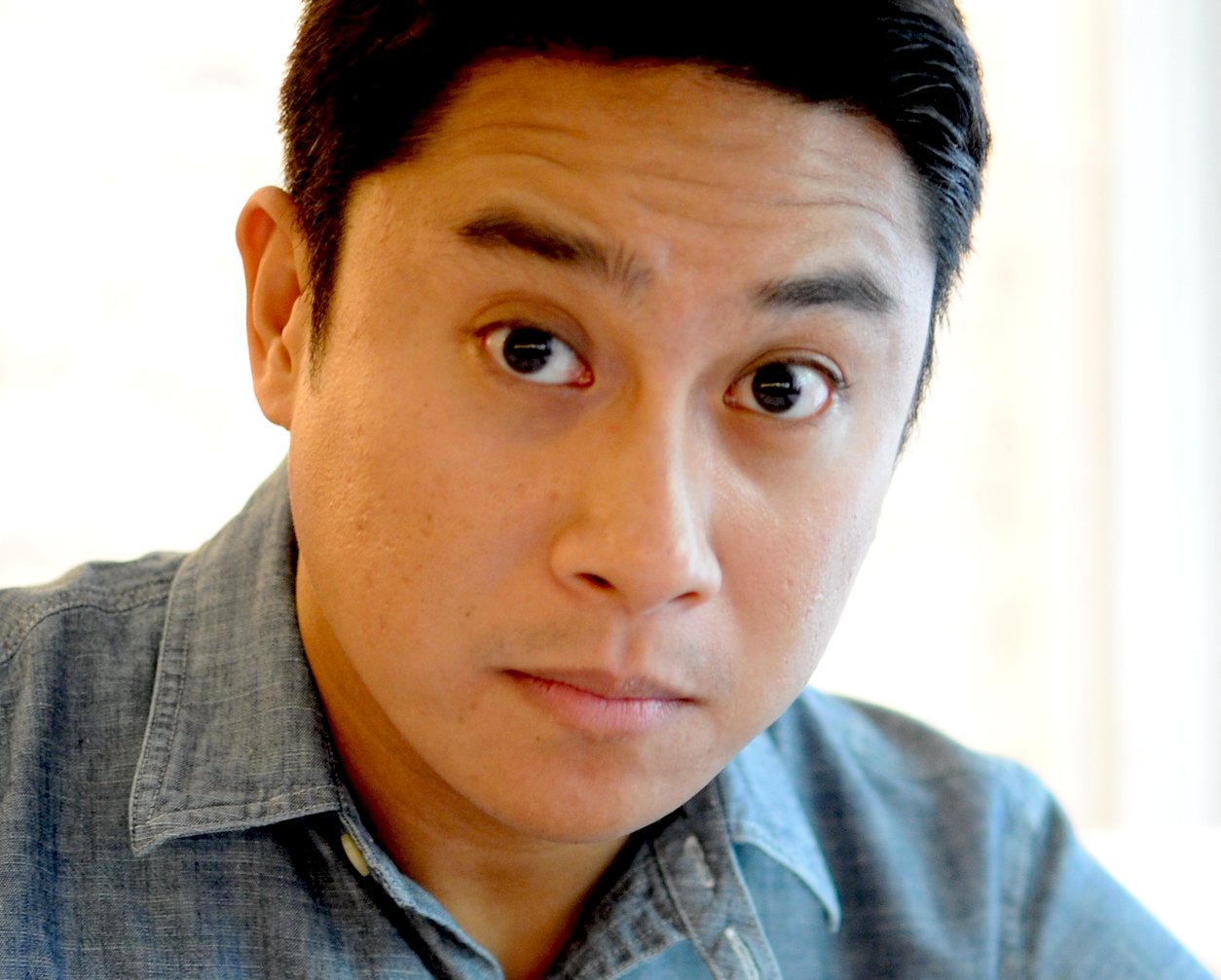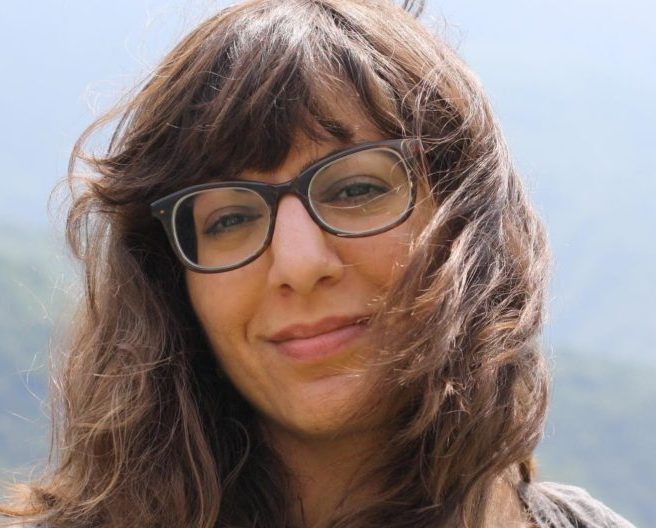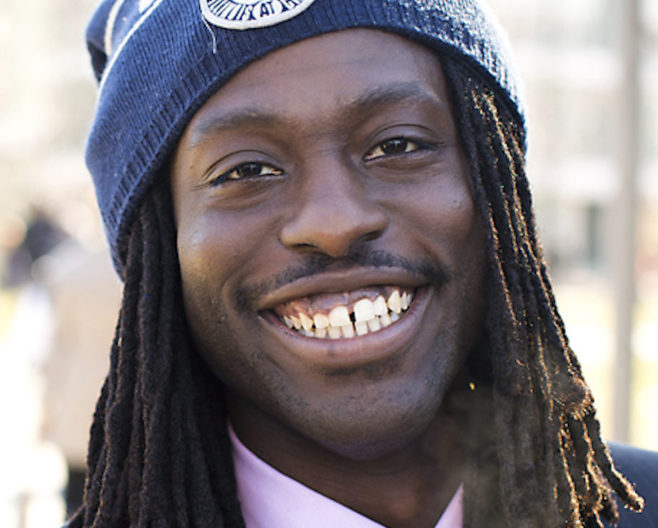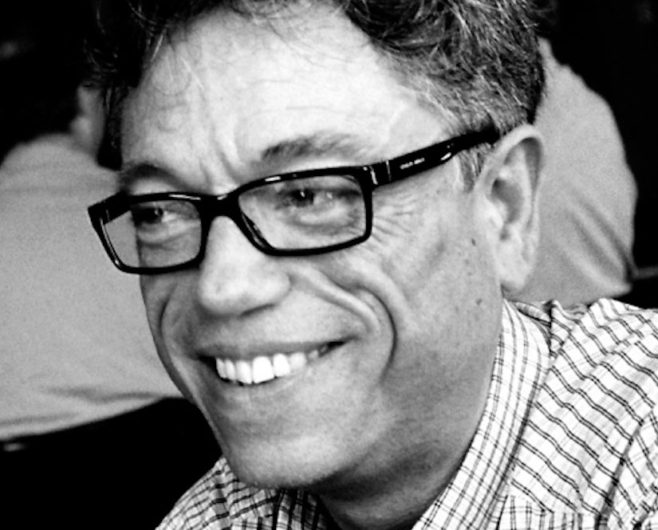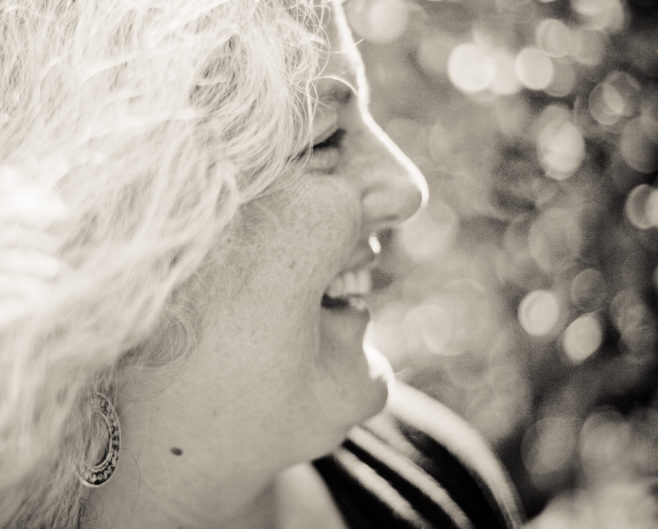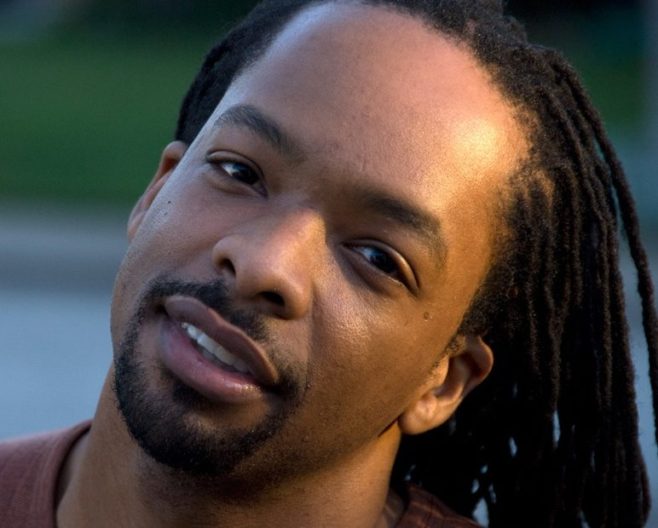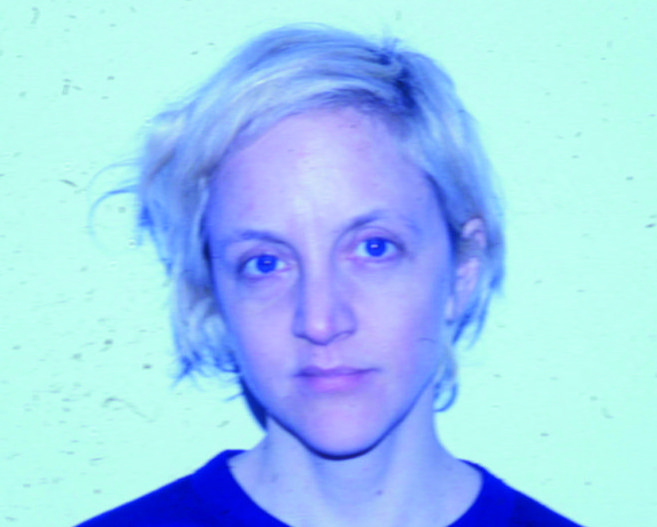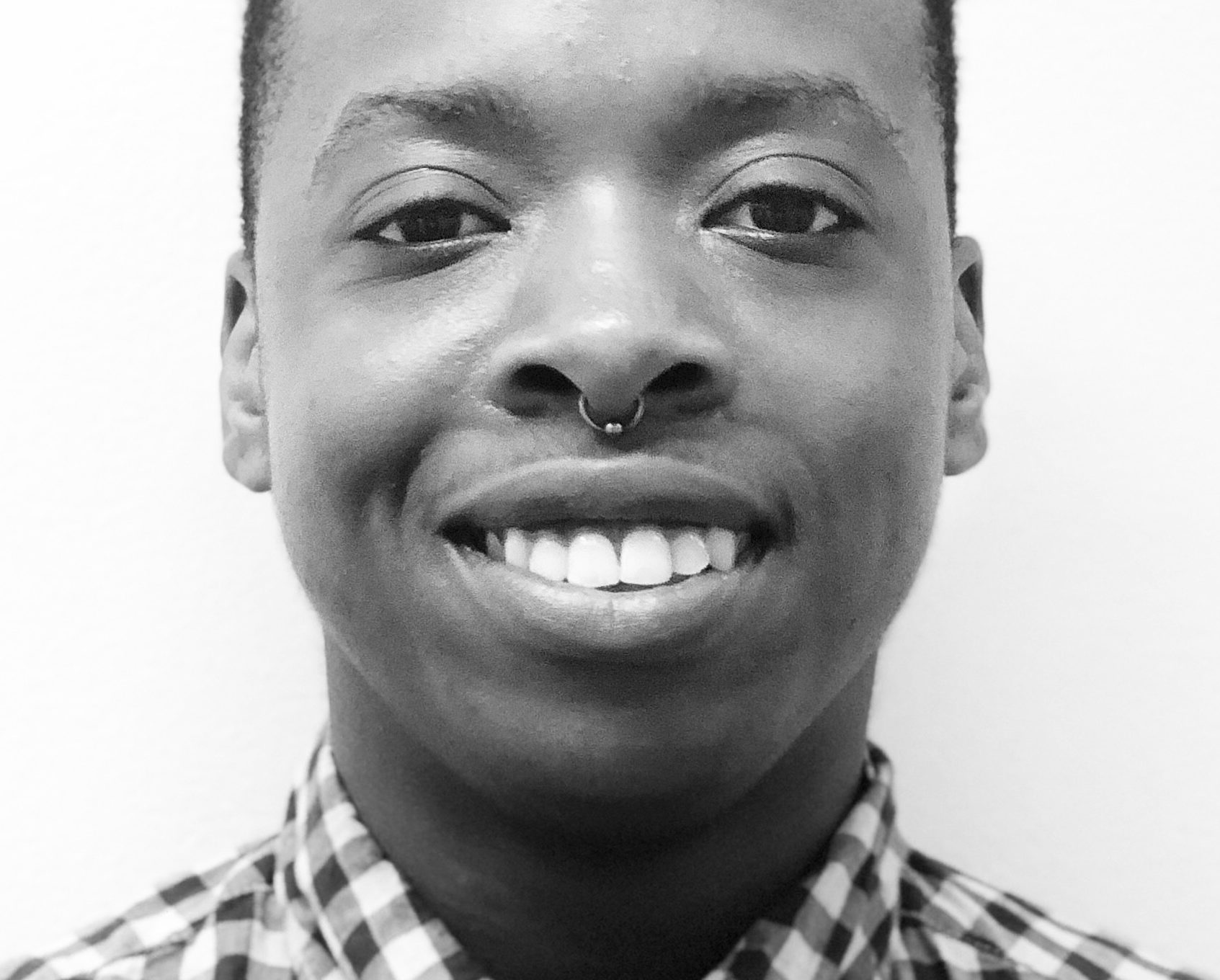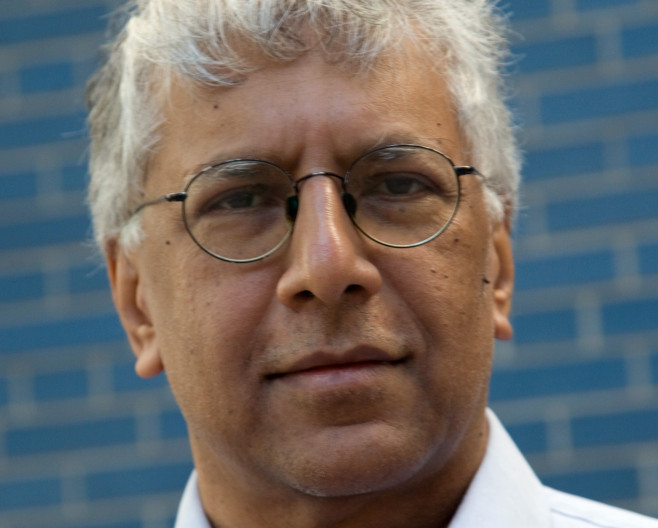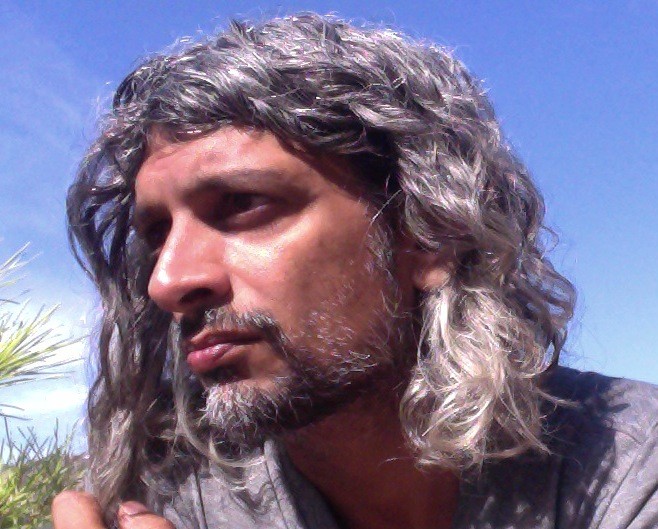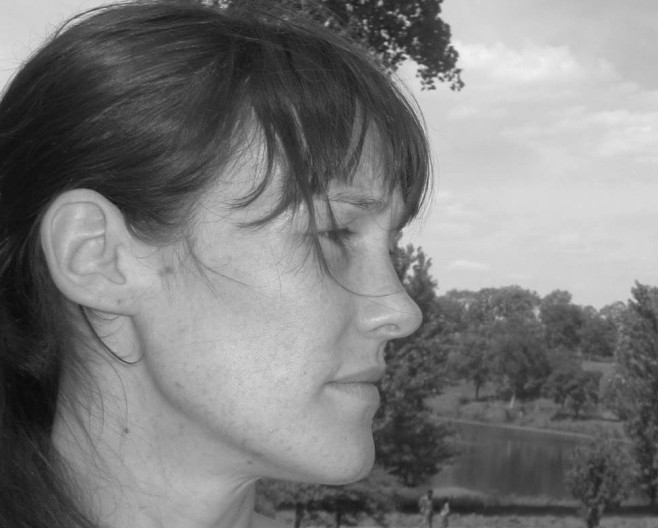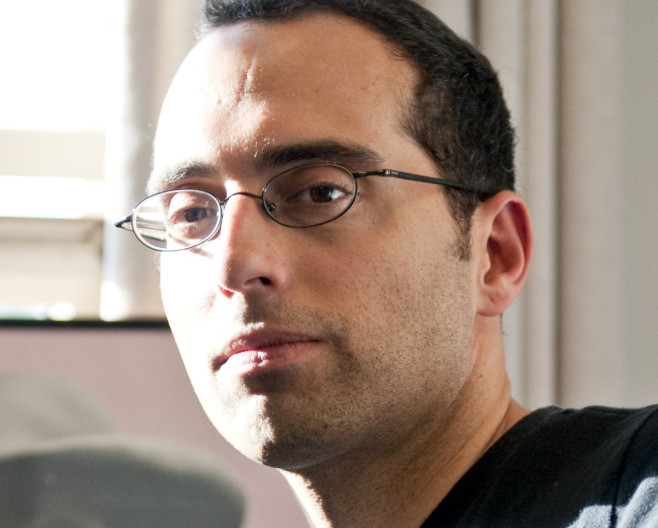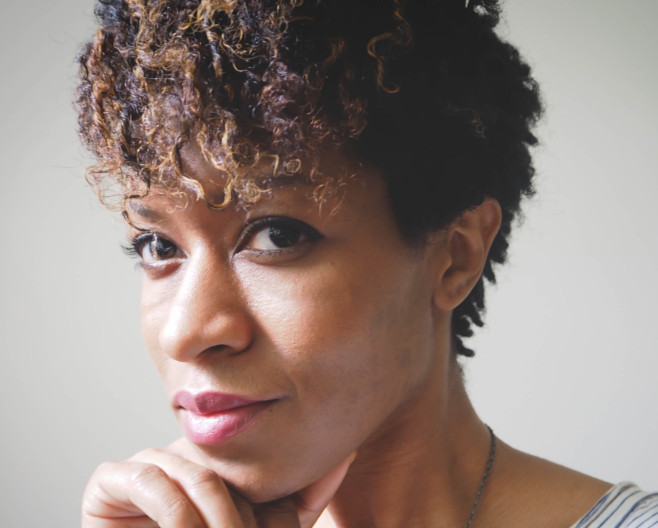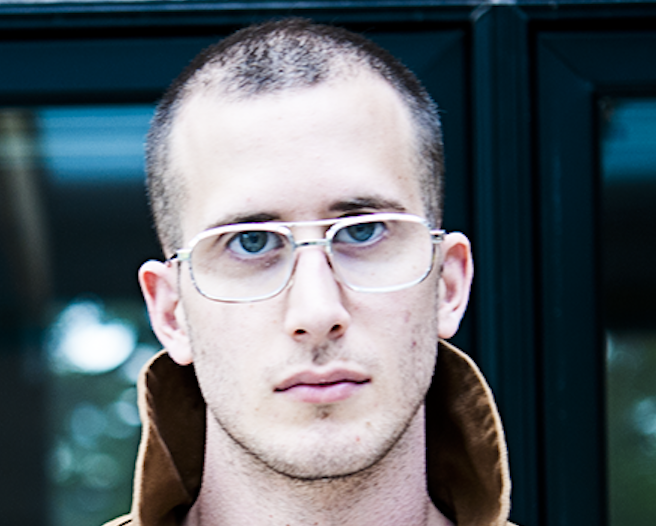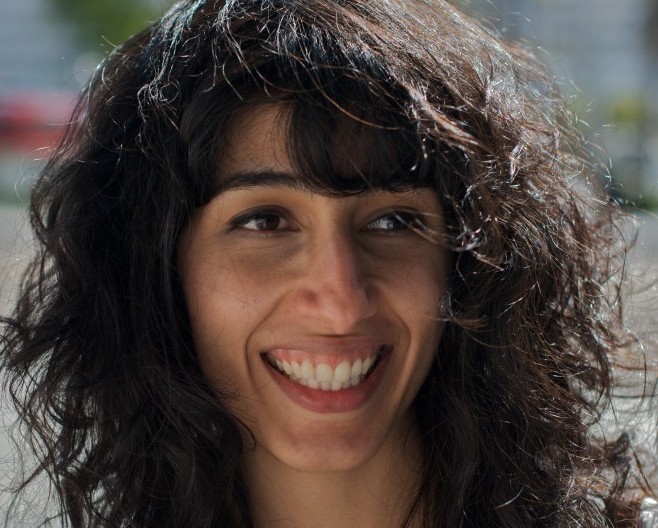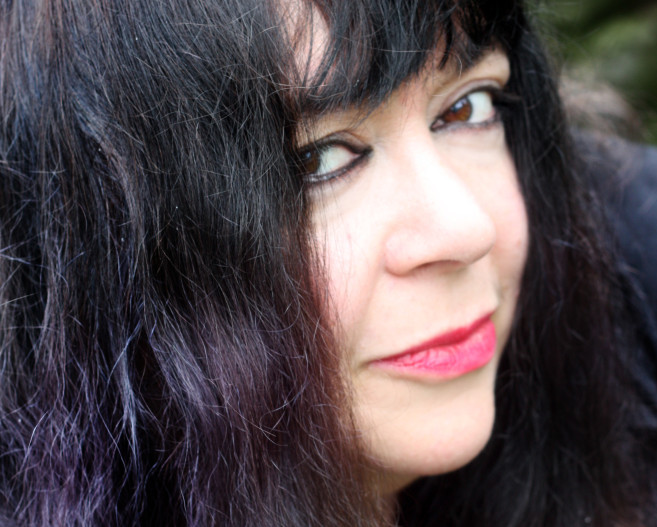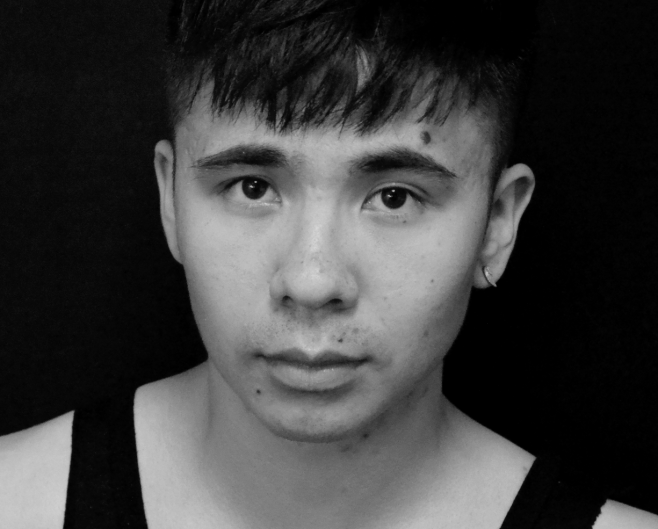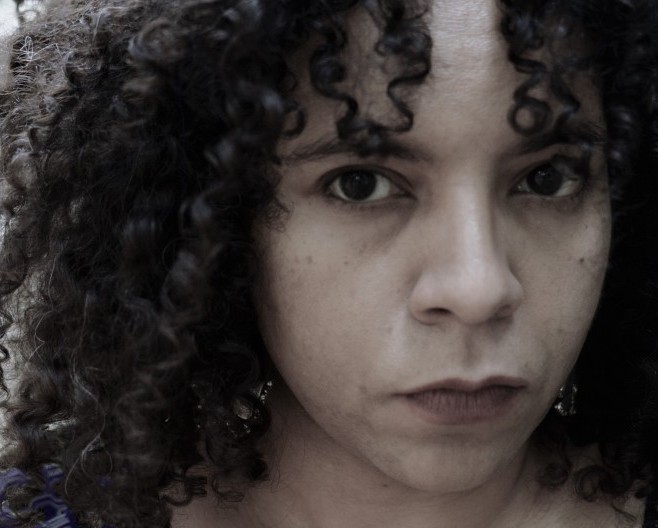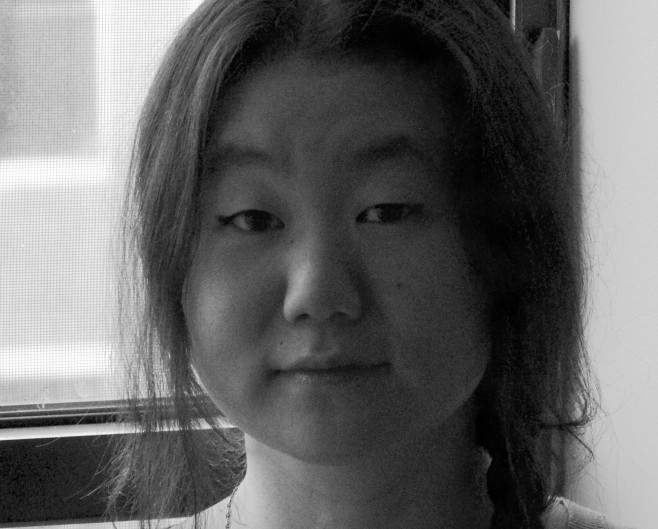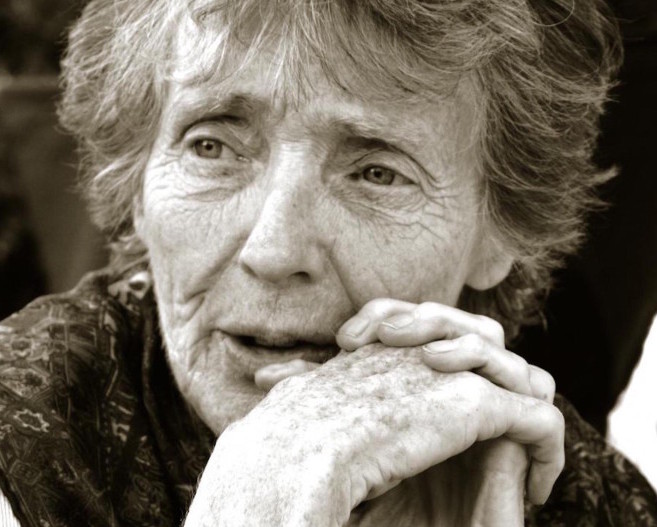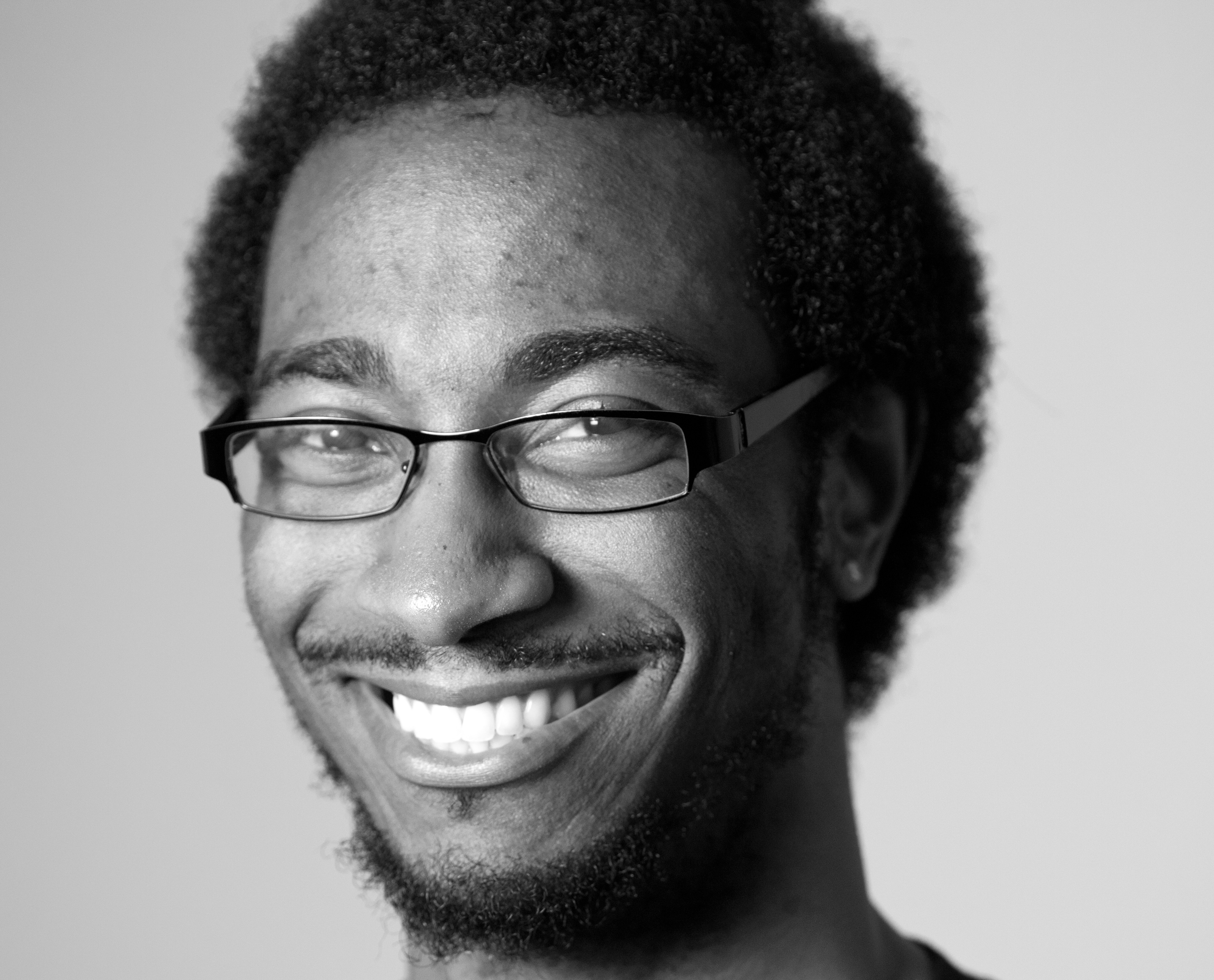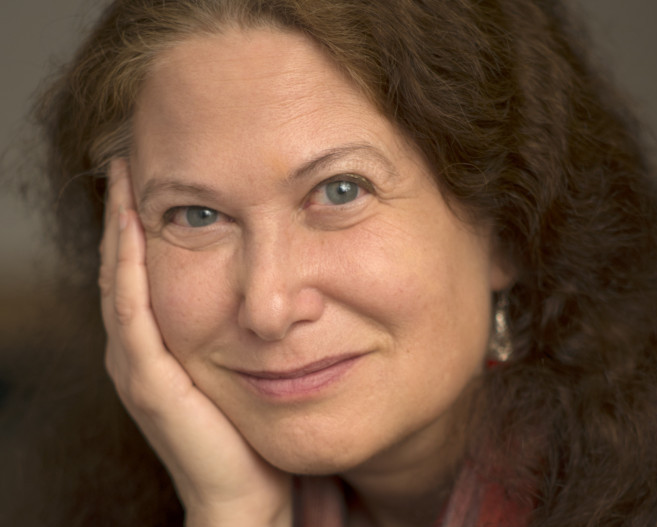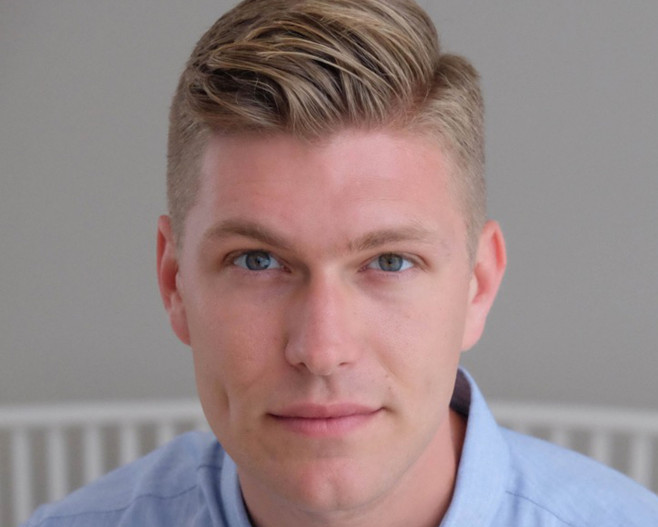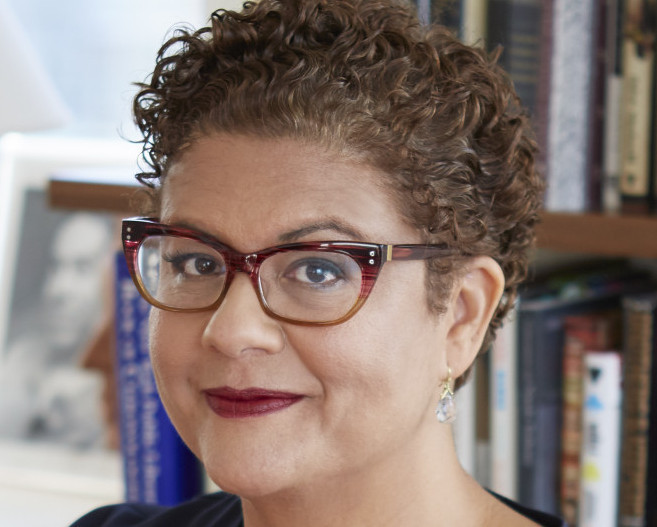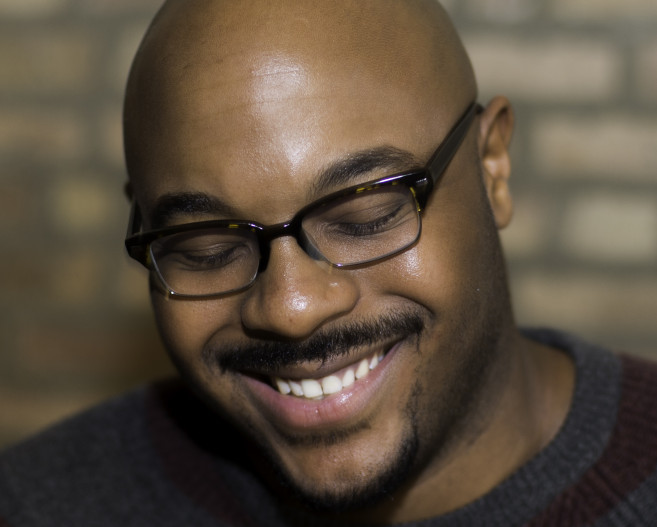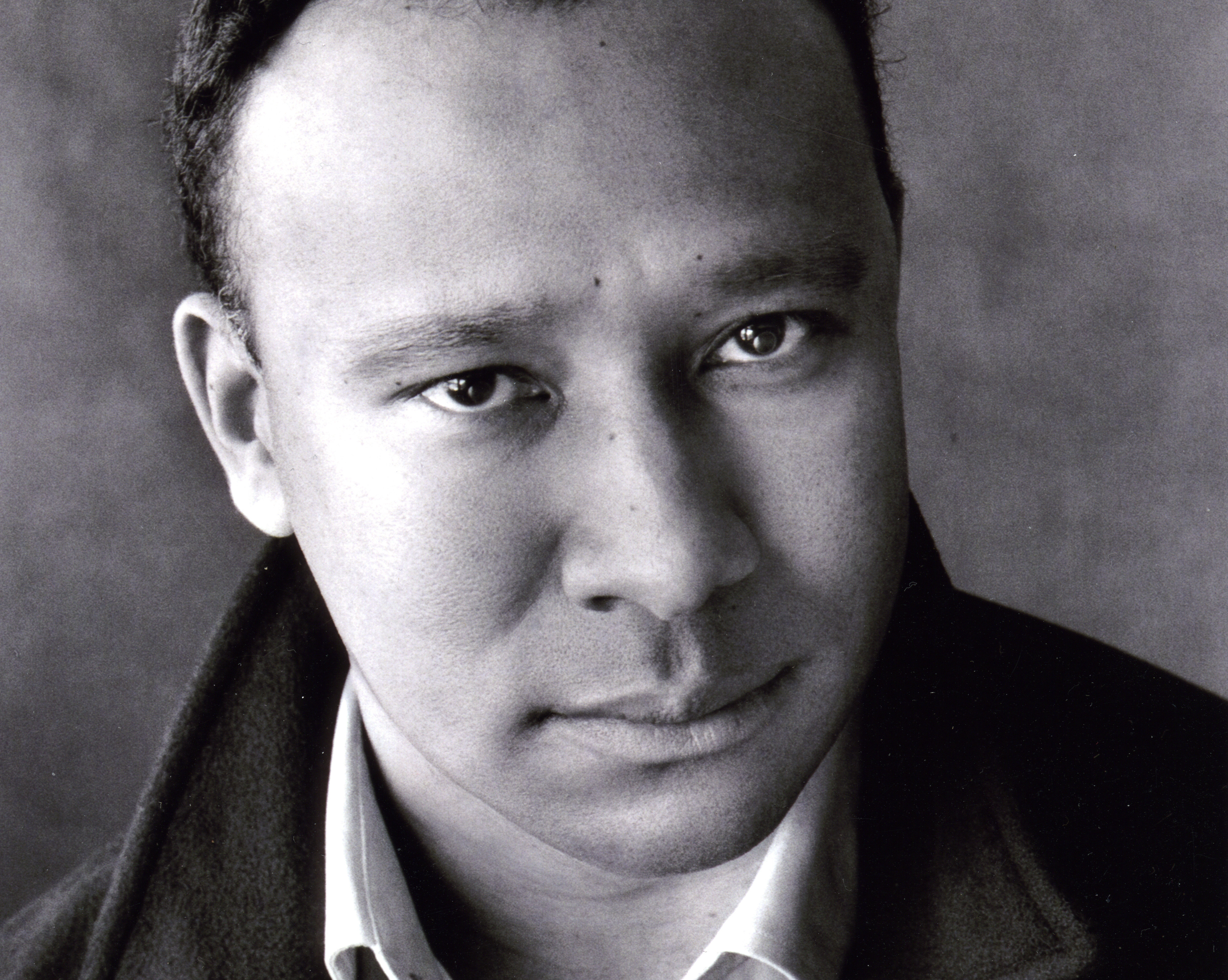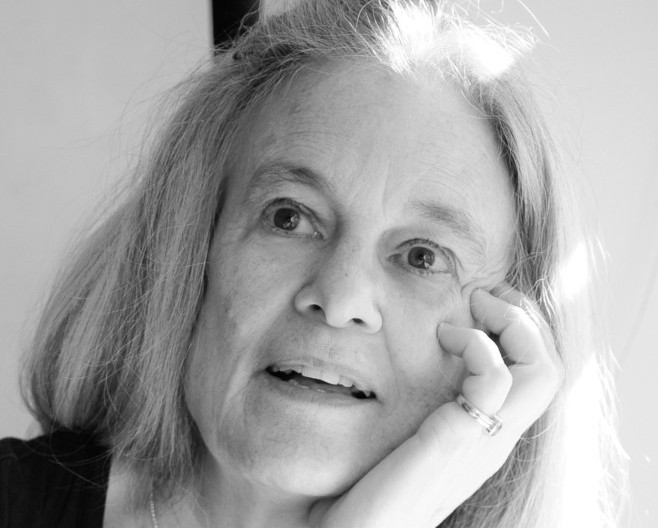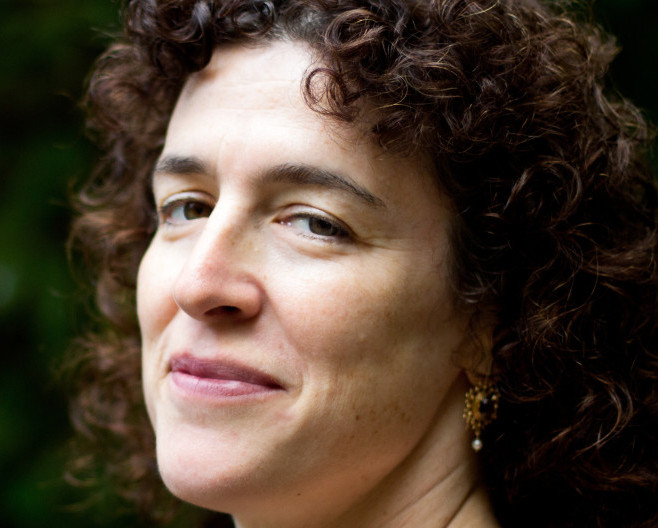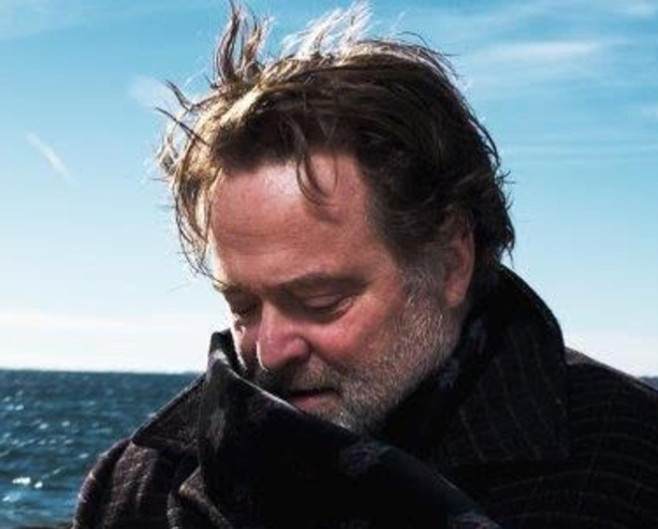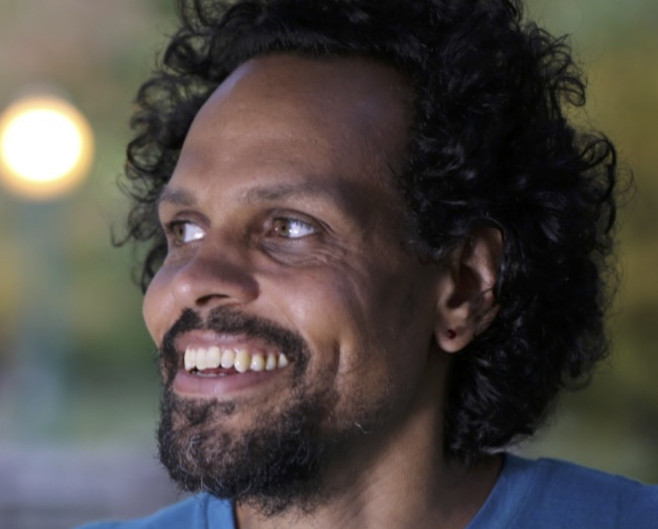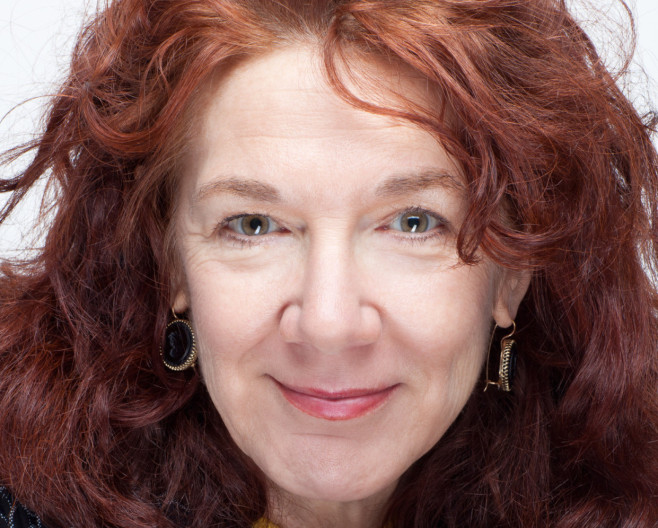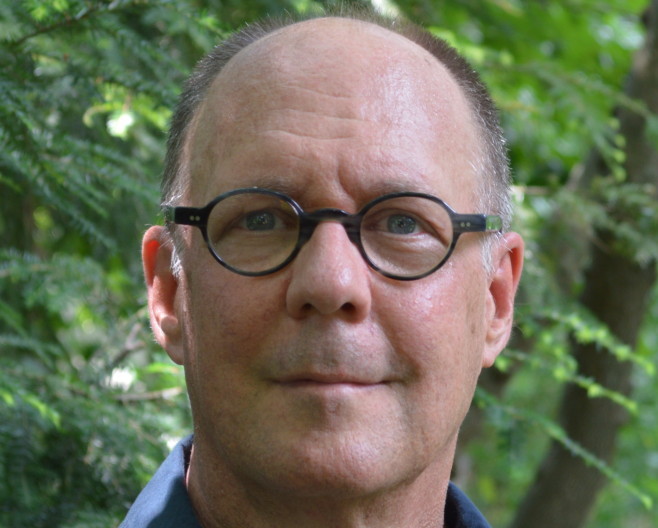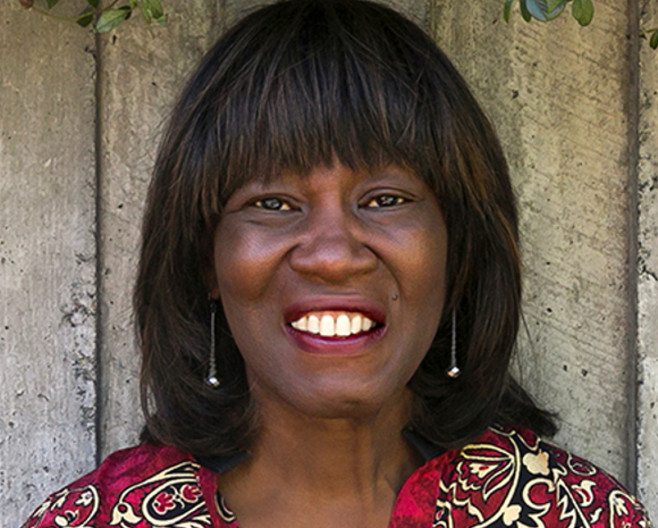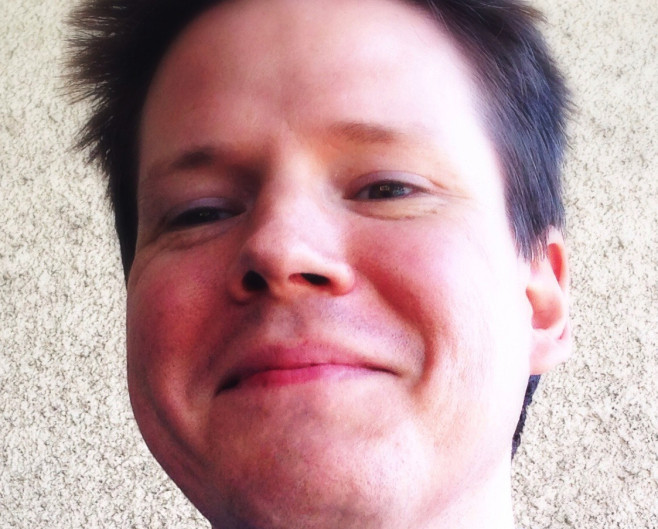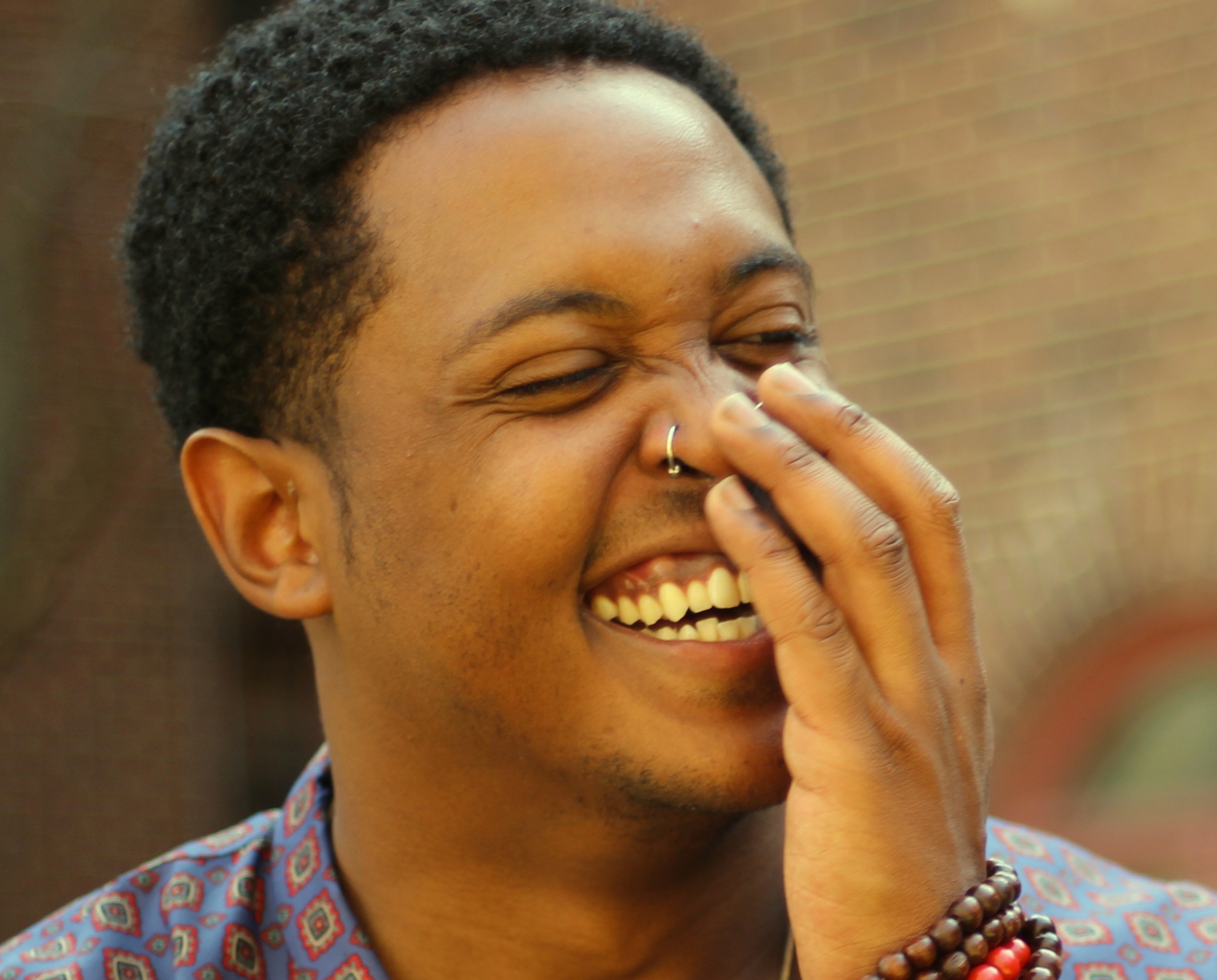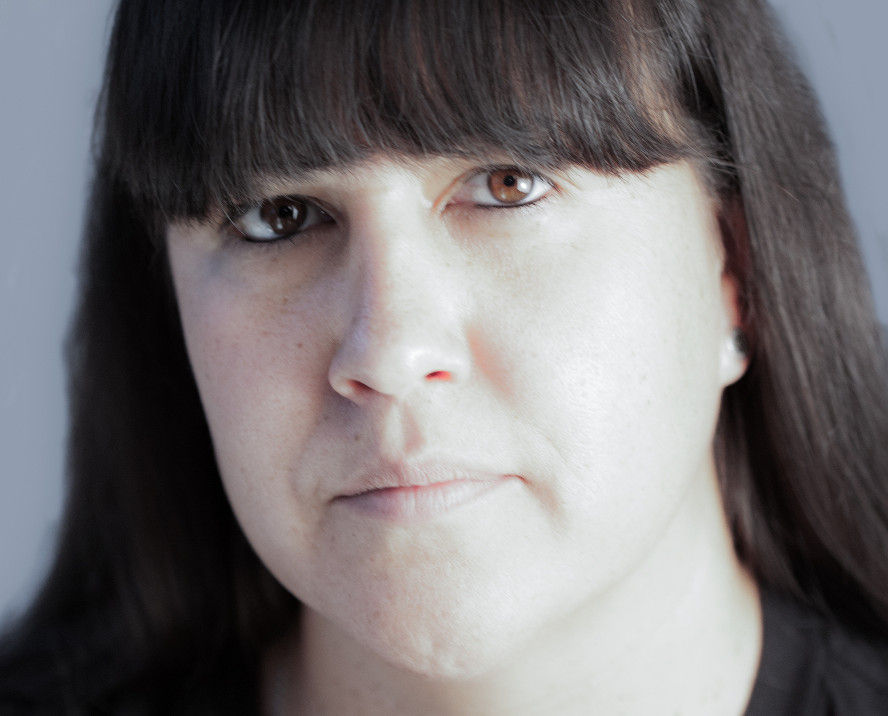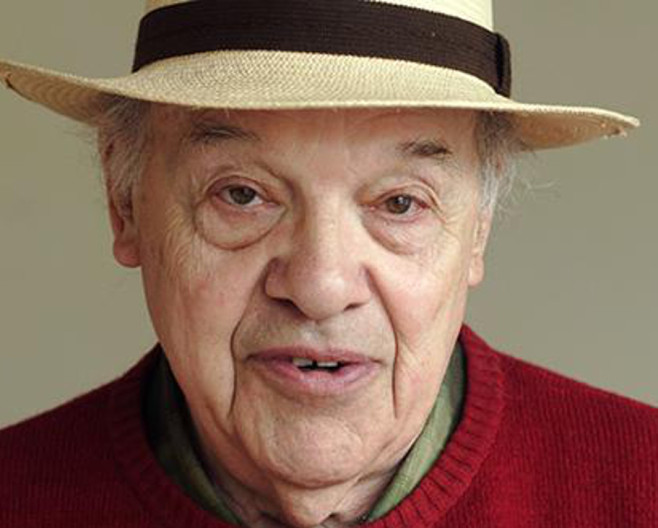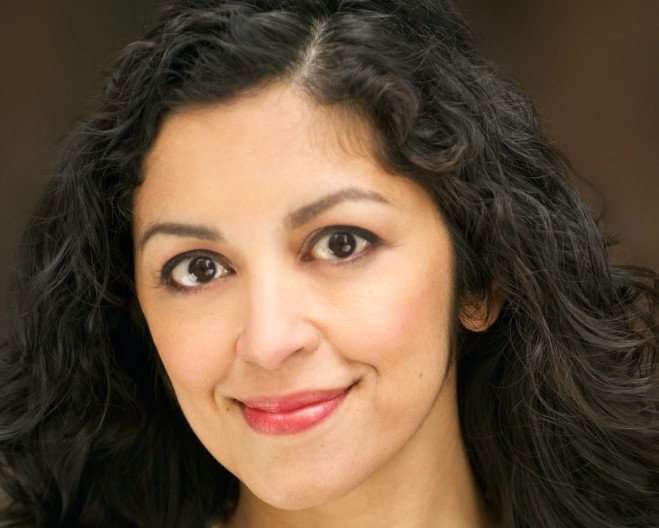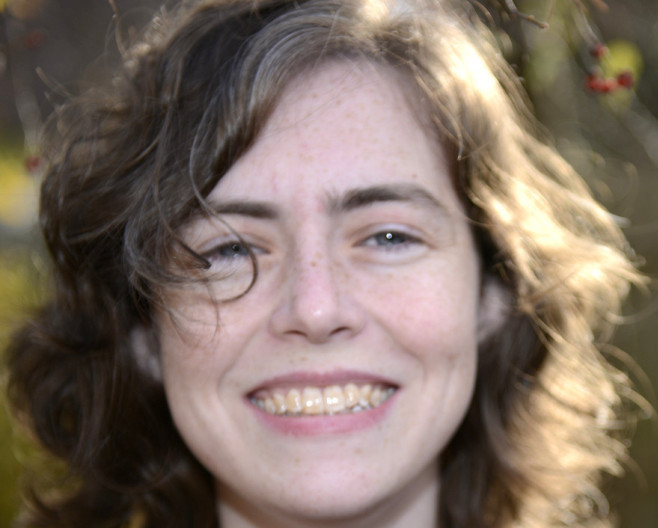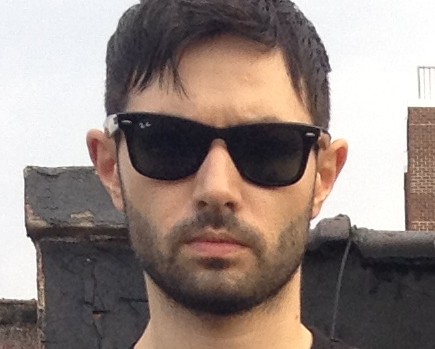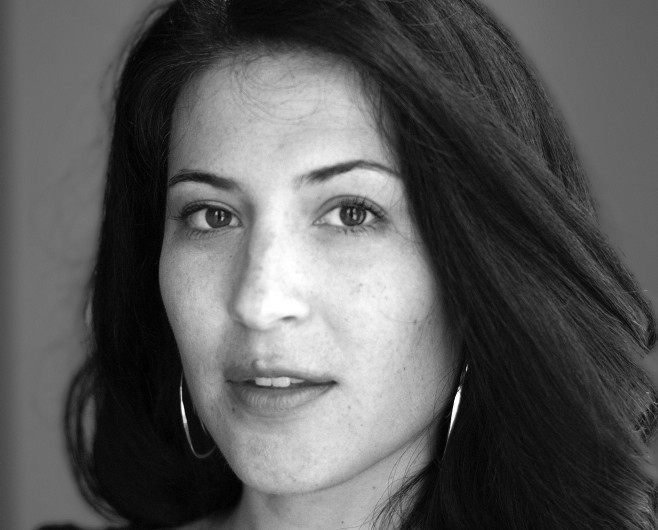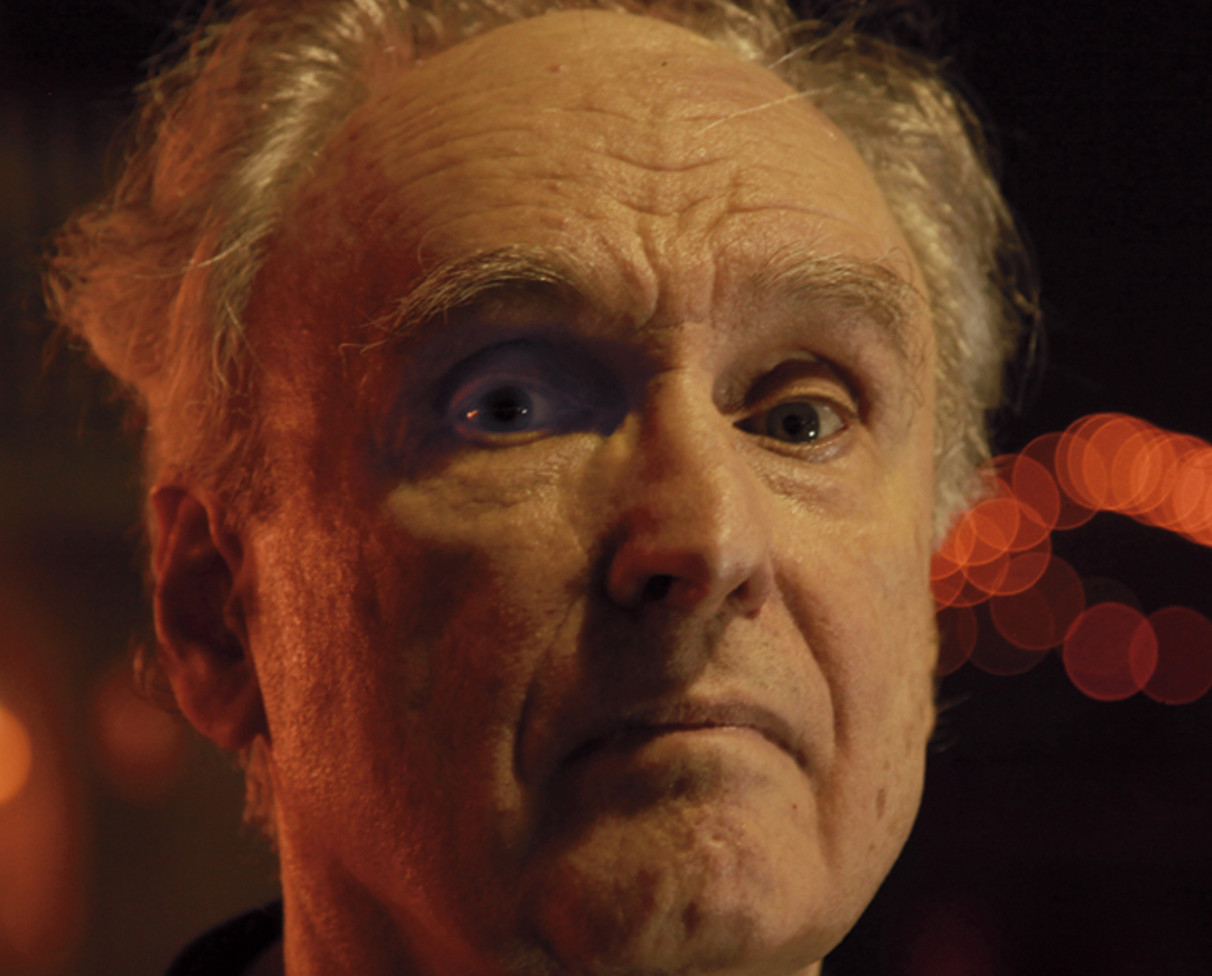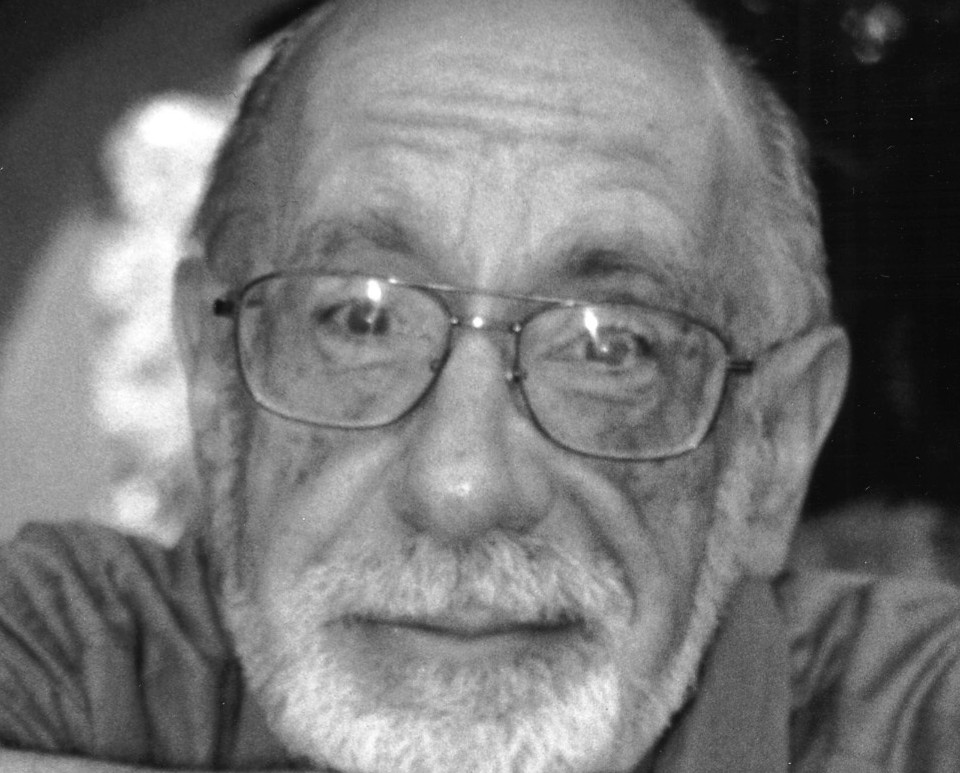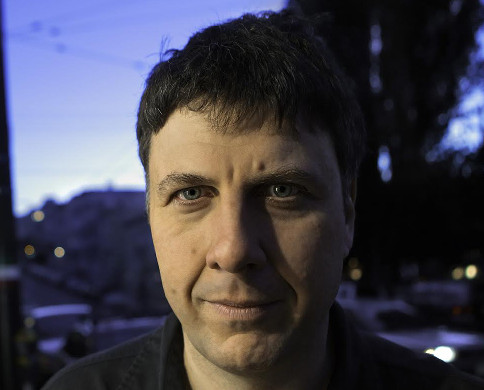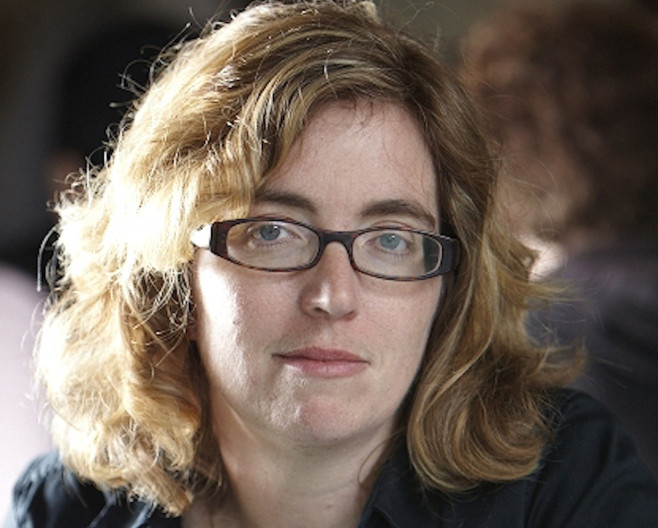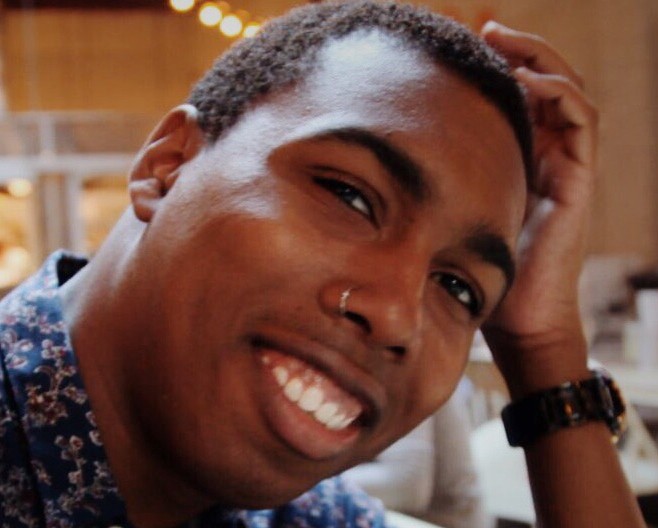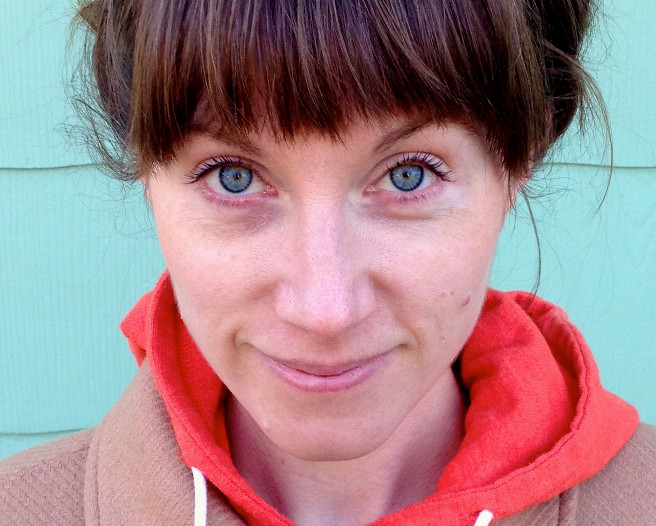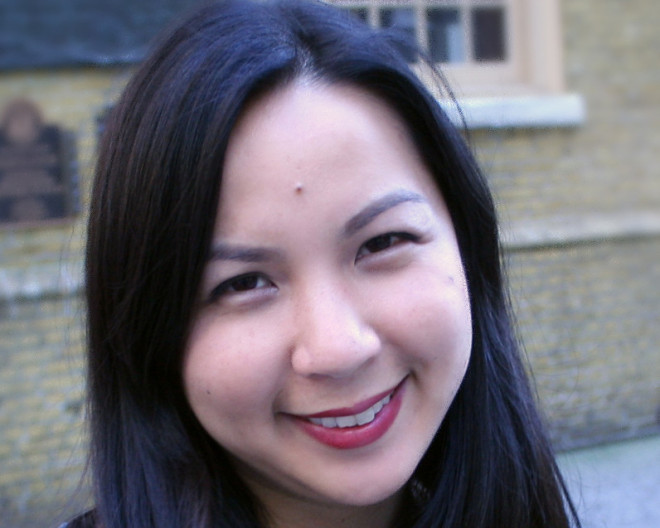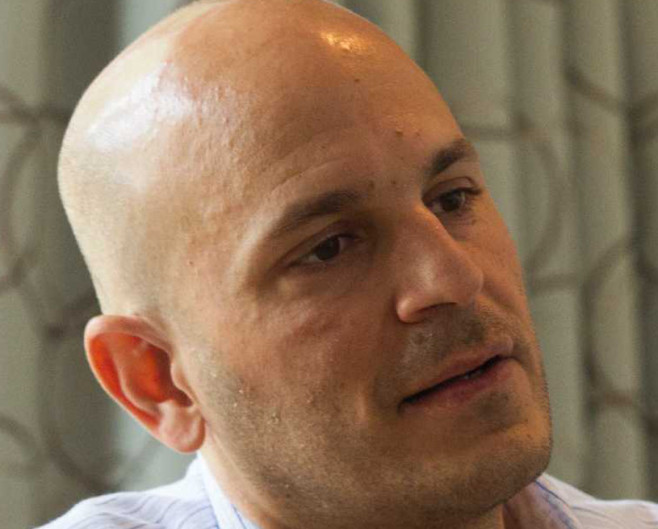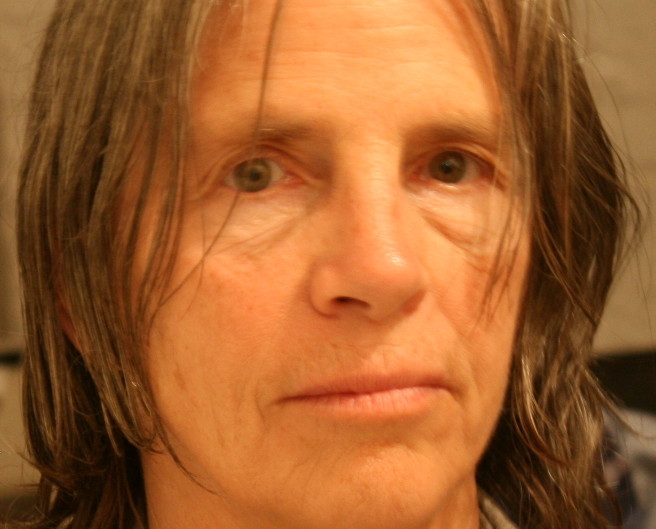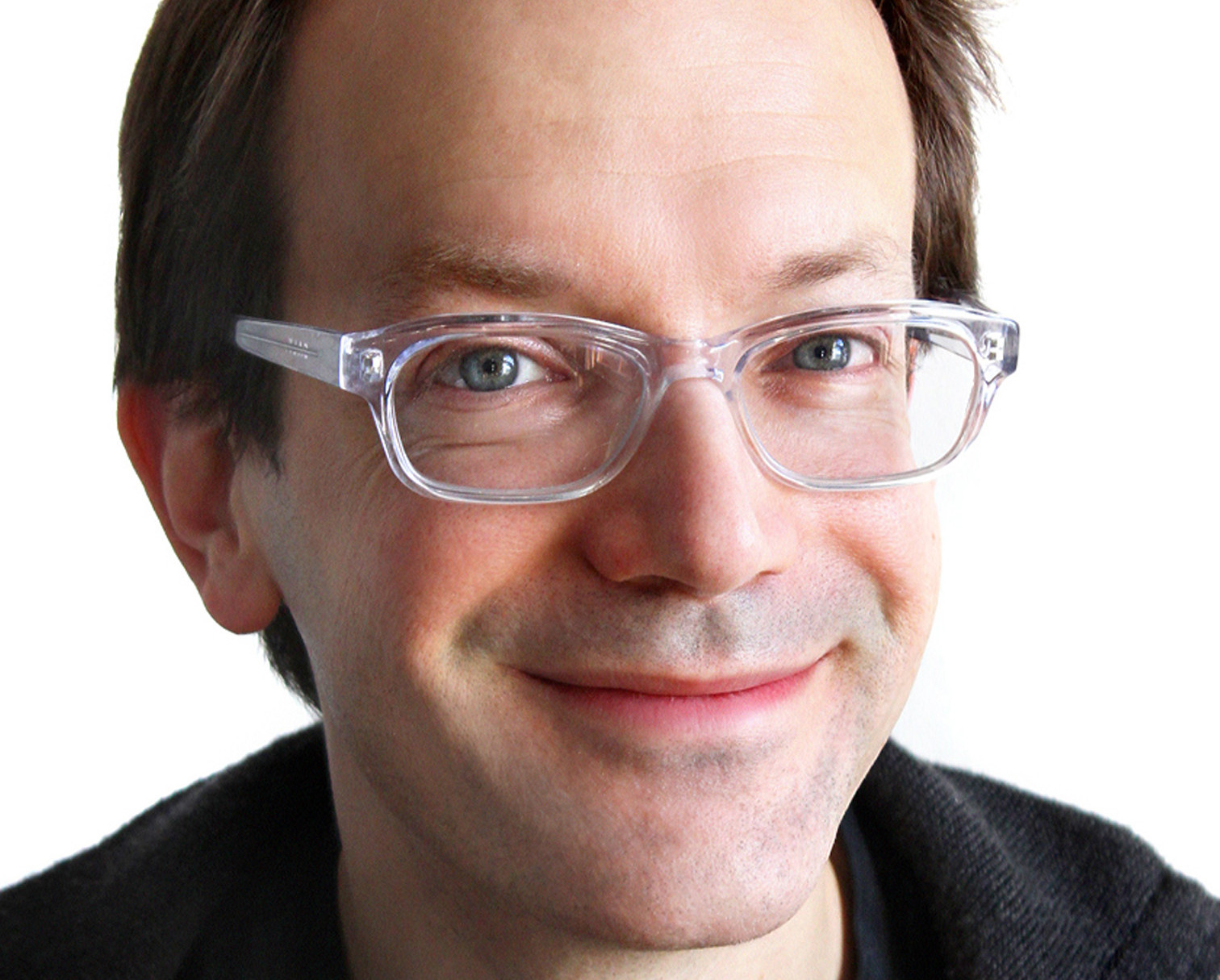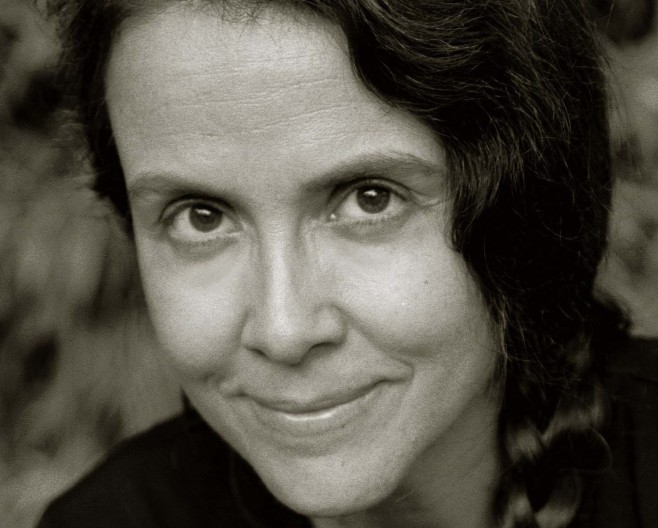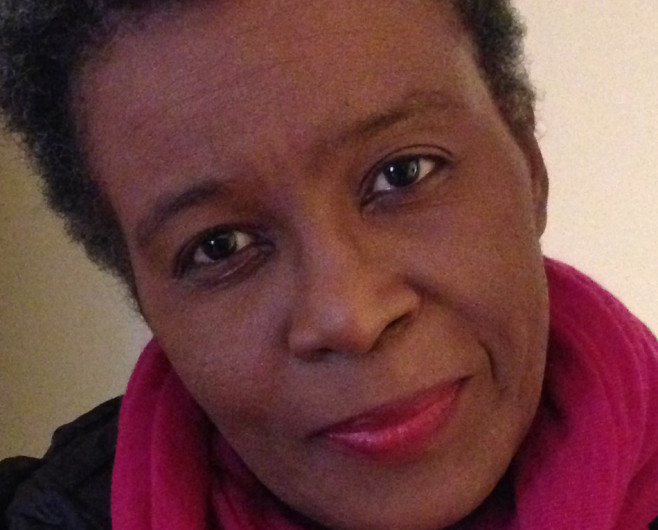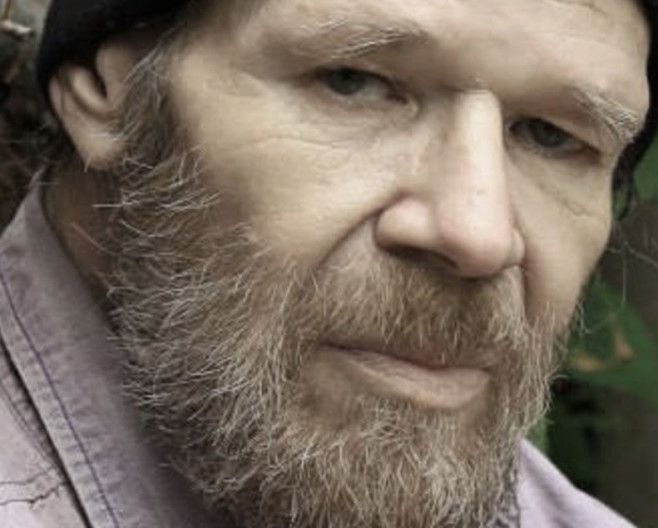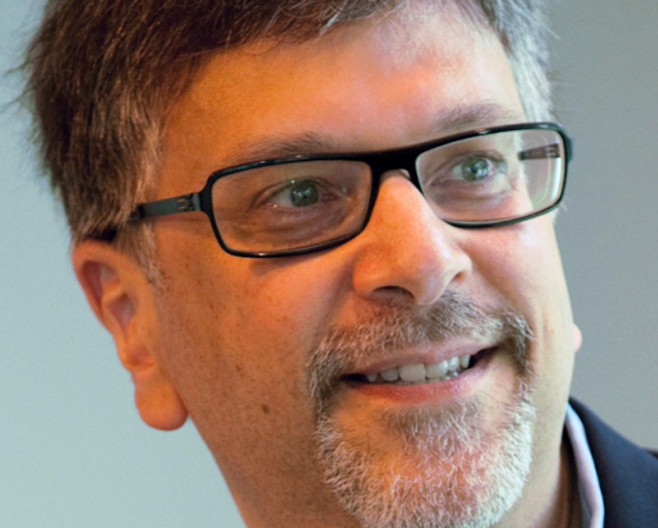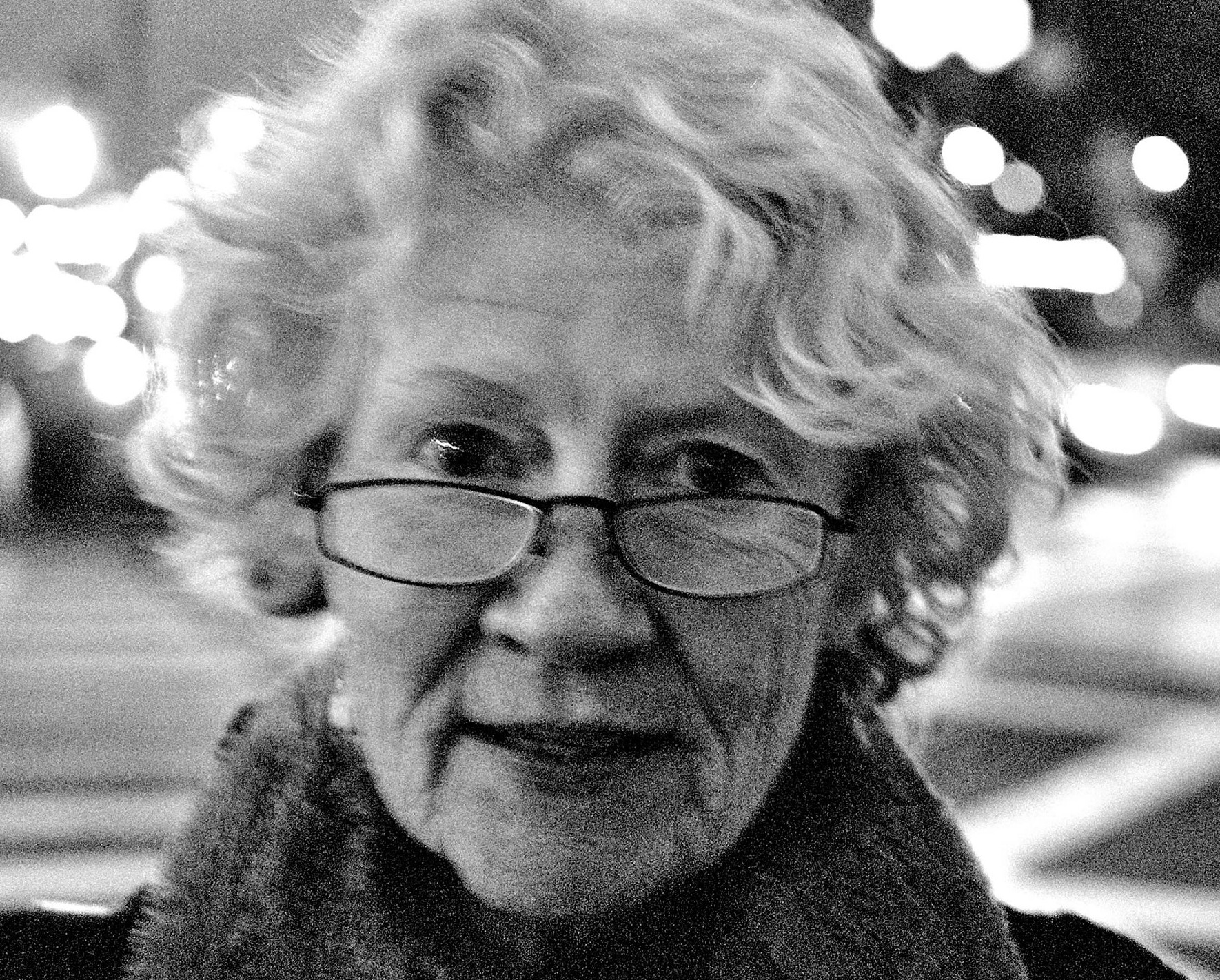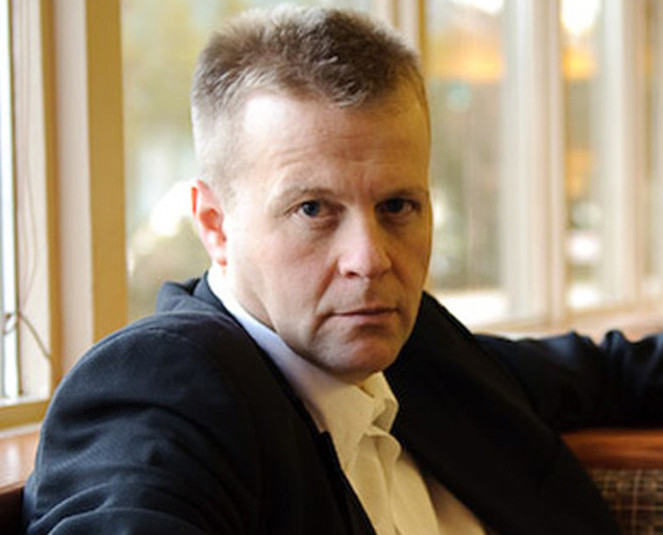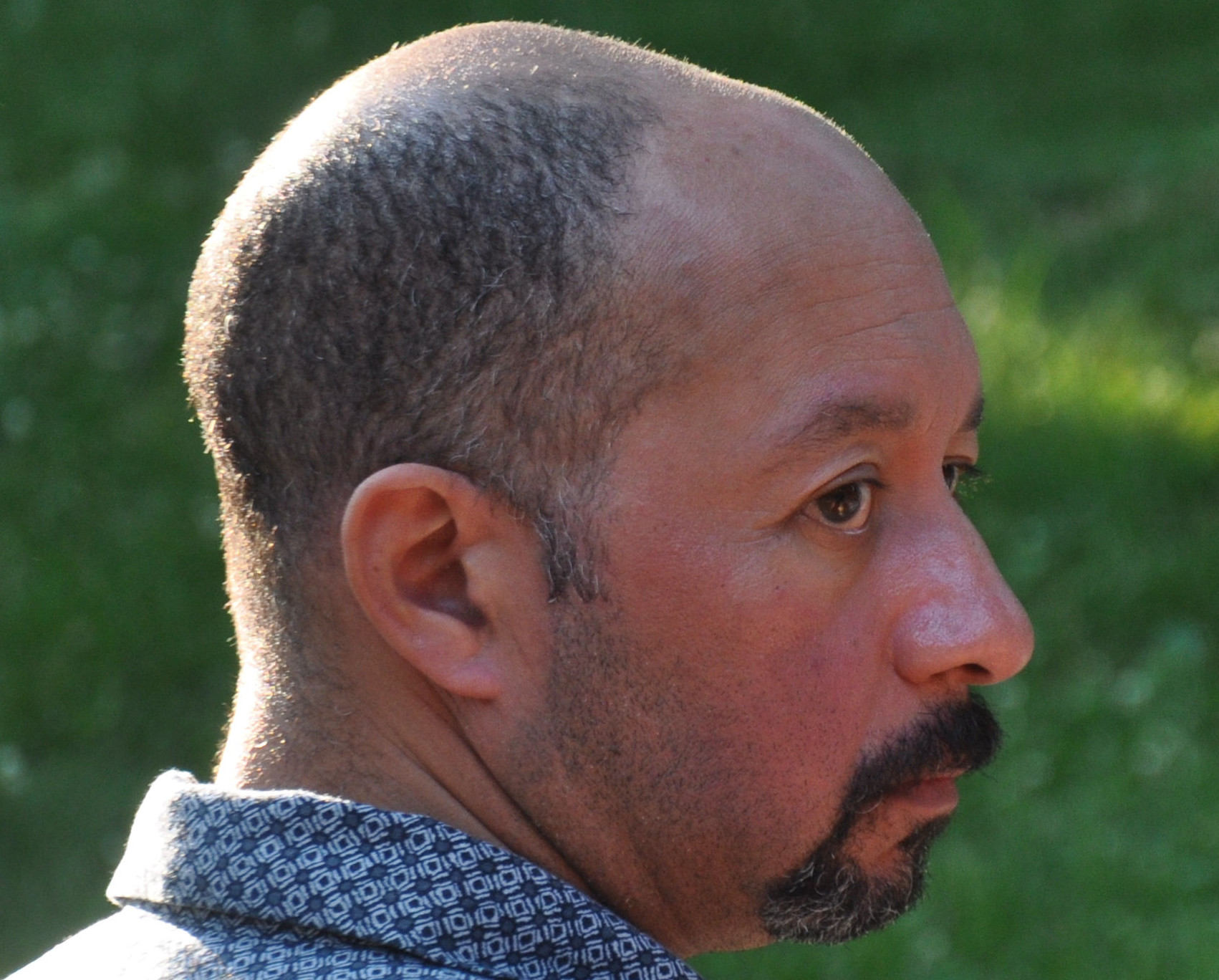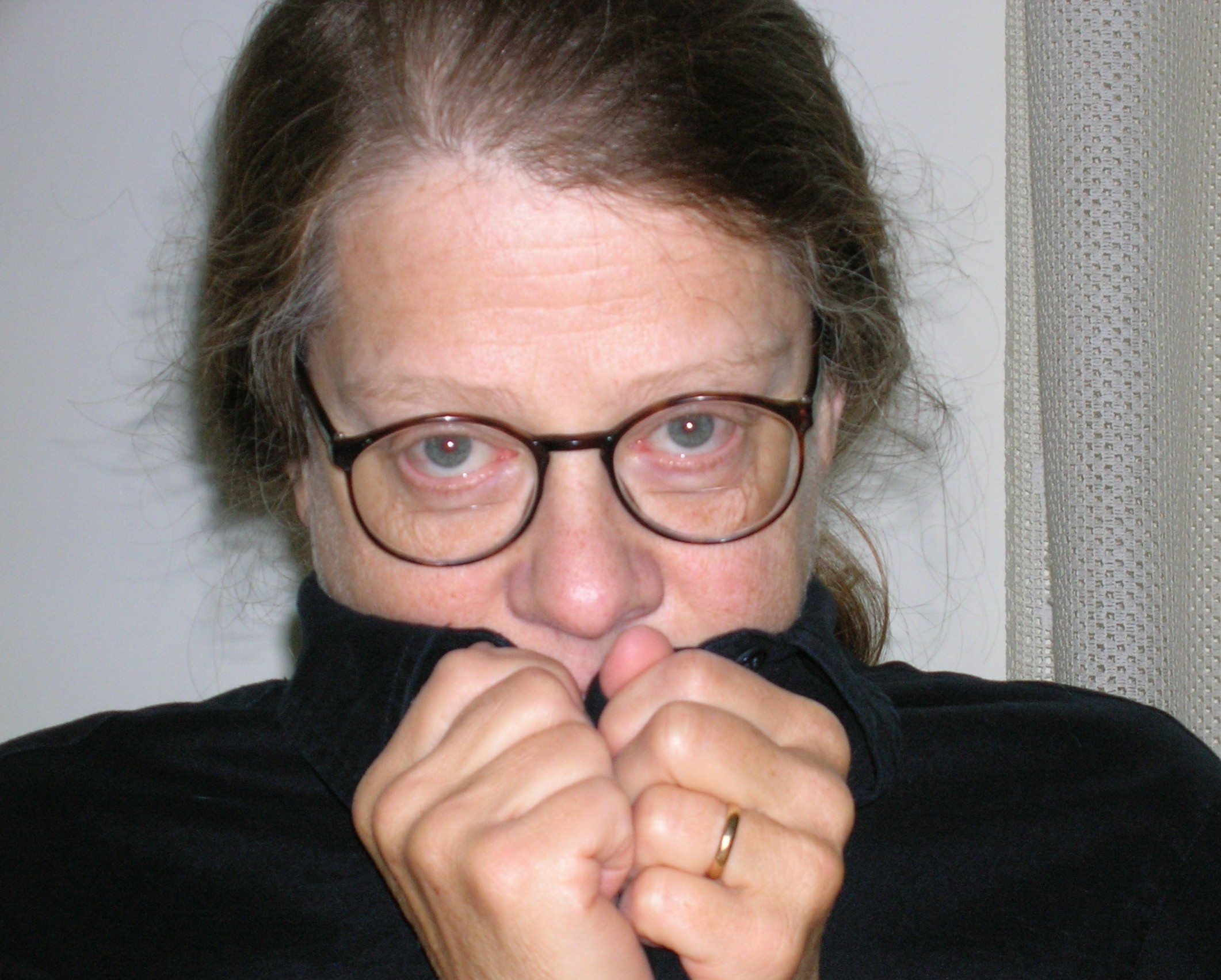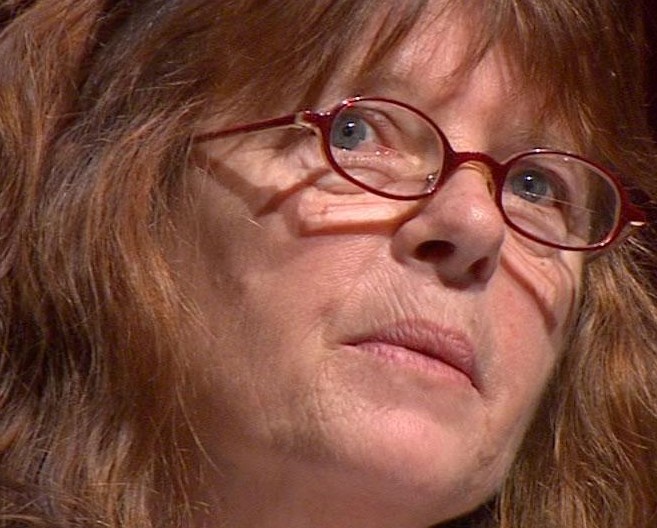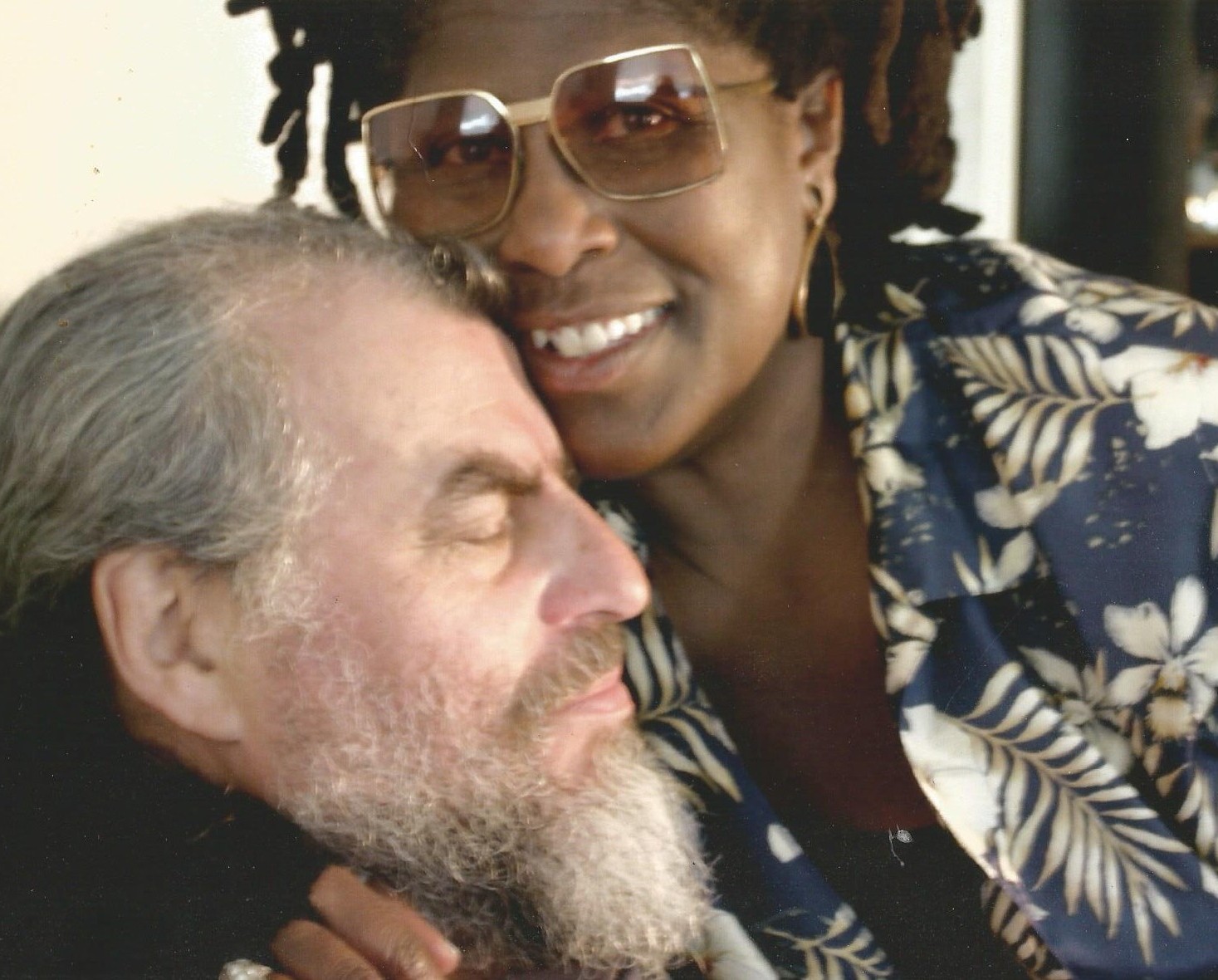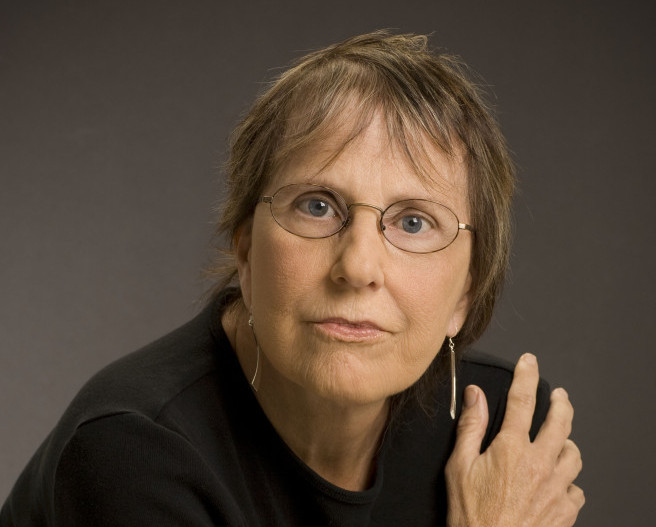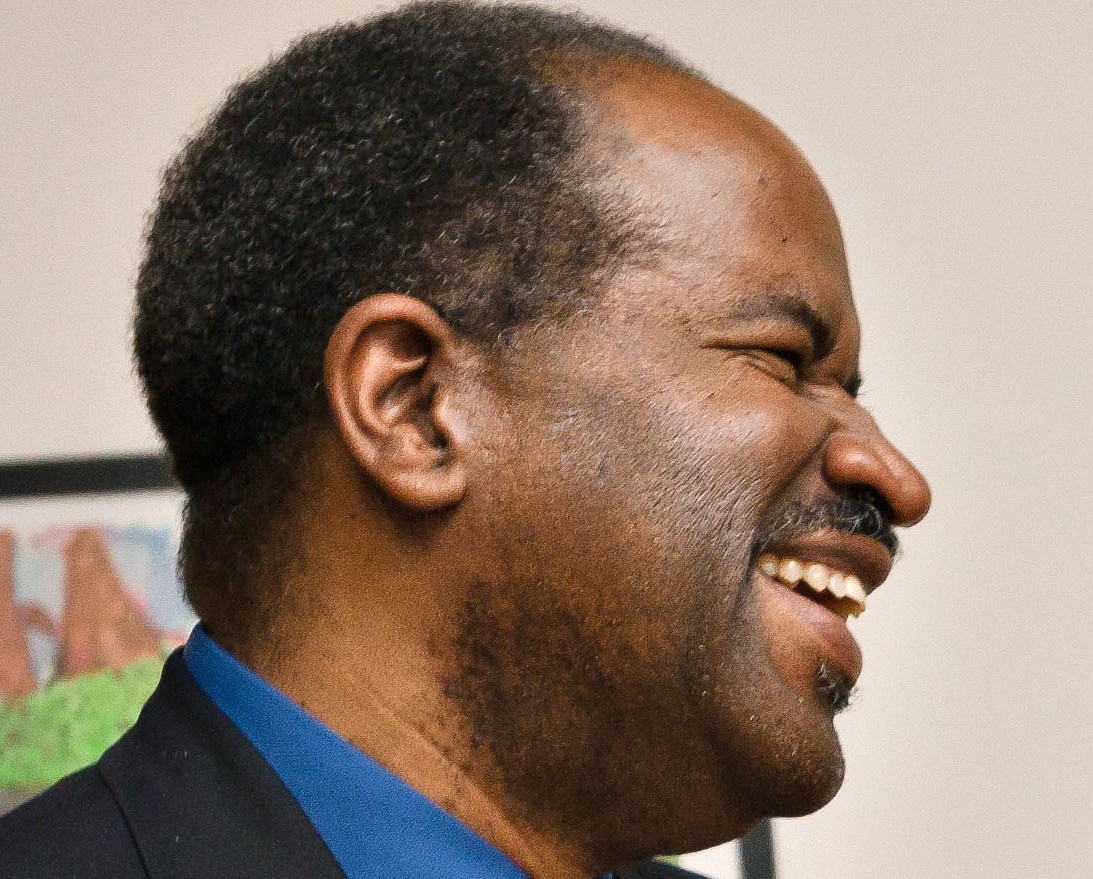“There's the death sentence working alongside the literary sentence.”
LAYLI LONG SOLDIER
Interviewed By: Kaveh Akbar
You were up late working on your quilt project?
Yeah!
That's a very good reason to have been up late. You earned your sleeping in. That was so cool.
Thank you! Yes, I'm working on this big project. It's for an upcoming show at Racing Magpie in Rapid City, South Dakota. I'm making something called a star quilt. It's not really a quilt; it's just conceptually a star quilt made out of heavy cotton paper and copper wire. A star quilt is something that Lakota people make and give to each other for special occasions. So, I used this sewing pattern that my cousin Arnell gave me for an eight-point star quilt. I enlarged the diamonds within each section of the star to approximately one foot in length. I laser-cut text inside each paper diamond and I’m sewing the diamonds together with copper wire. Once they’re all together, the text can be read as eight different poems. But tying the wires between each one—oh my gosh. It’s a lot of work. Many hours of detail.
It seems like it would be exhausting.
It is so tedious and ridiculous! I was sitting there, timing myself. It takes around five minutes to sew one side of a diamond. There are 288 diamonds in the whole piece, with four sides on each diamond. I am a Virgo and, according to my horoscope, I like organizing and calculating these things. But figuring out how much time it will take doesn’t actually make the work go faster! It takes so long just to thread the wires into each little needle-punched hole. Anyway, I won't complain.
No, you're totally fine! Can you tell me more about the show you're working on?
Yeah, I have a show coming up called Mitákuye Oyásʼiŋ, in our language that means "All my relatives" which is also translated to mean "We are all related."
I think I saw you mention this in your Kenyon Review interview.
Yeah. I've been working on it and thinking about it for a long time.
That's really neat.
I'm working with two other Lakota artists, Mary Bordeaux and Clementine Bordeaux. We're just sort of exploring the meaning of that phrase because it's been adopted by many others and used—or appropriated—in ways that are not always true to the meaning it has for our community.
There's the line in WHEREAS that hovers a centimeter off the page, that represents so much of what the book is about, "I express commitment to reveal in a text the shape of its pounding." Which is something I think about a lot when I think about the book. In this instance, it's like the words are cut into the diamonds in a way that feels like "revealing in the text a shape of its pounding," like the shape of its physical cutting away, it seems very much an extension of the project.
Hm. I hadn't even thought about that. Yes, perhaps. Haha!
I've just been suffused in the book since it came out. There's not really been a book quite like it. Could you tell me how long the book was in gestation? I know you've talked about being a slower writer—
Mhm! I am a slow writer. Very slow. Some of the early poems that are in part one of the book, "THESE BEING THE CONCERNS," go back many years. Not all of them, just two or three. For example, I wrote "Dilate" a little while after my daughter was born, which was in 2006. Some of the poems take a long time. "38" took me almost two years to write.
"38" is one of the heavy-hitting opuses in the book. It's about, as you say in the poem, "the largest 'legal' mass execution in U.S. history" and one that very few people talk about. That's one of the superpowers of the poet; you can return voices back to people who have had theirs taken away. And I think you do it as masterfully as it can be done. This is just me clapping like a seal instead of asking a question.
Haha. I love that. “Clapping like a seal!” Thank you!
You said you were working on that for two years, could you talk a little bit about what that looked like?
Well, first I'll say that I wanted to write about the Dakota 38 for a long time, but I didn't know how. The main reason I wanted to write about this execution and the Sioux Uprising was because of the story of the Dakota warriors stuffing grass into Andrew Myrick's mouth—
Right! I'm sorry I didn't mean to interrupt you. I just didn't know about that story until I read this book. And his "Let them eat grass" quote is just monstrous.
Yes, exactly. When I was much younger, I heard the story about what Myrick said, and how his mouth was stuffed with grass when they found his body—and that’s the whole reason I wrote "38" because it was an incredible moment. It was unforgettable. It lit my brain on fire. And in a strange way, it brought some kind of relief. It was important to me because it lent some complexity to the time and to the Dakota warriors. There are so many layers in that one act—it really was an act of revenge, or vengeance. And irony. Maybe even justice?
It seems, from historical accounts, we don't often learn much more besides the most basic facts such as "so and so battled" and "so and so won, and the other one lost." Especially for our people. There's this mental picture etched in my mind of some noble or fierce warrior on horseback, riding across the plains. But this etching, this empty outline, is not enough for me anymore. We don't often get to visualize or grapple with complexity, with real human emotions of the time. In this act, I could see something of myself, my inclinations, my own humanness. It shortened the distance between history and the present. In that regard, I've also been thinking about the effects of history on our language and how we use it.
You've talked in the past about how the poem "Ȟe Sápa" sort of came from the etymological difference between the translation "black mountain" and "black hill."
Yes, that's right.
And I thought that was really interesting. The translation into English changed the meaning so much. You play with that in the poem so beautifully.
There's also consideration of a subtle difference in pronunciation in the opening line—it says, "Ȟe is a mountain as hé is a horn." So even there, you know, there's a nod toward this shift in pronunciation, in the throat, and how that changes the word entirely. I think, mostly, I am meditating on the care with which we must handle our languages—from the act of speaking and voicing to the endless and sometimes troubling process of translation.
Yeah. And going back to that image of the grass in the mouth, in "38" you say "I am inclined to call this act by the Dakota warriors a poem." I'm interested in that gesture, because so much of the book seems interested in the questions, "Where do we and where don't we need language?" and "Where is language useful?" and "Where is just language insufficient?" You know what I mean? To have written a poem in which you metaphorically put grass in Myrick's mouth would have been insufficient. But because we experience the world through the body—all experience comes in through the body is another theme of the book—this makes it a more sincere poem, a realer poem. The literal grass is in his literal mouth. That's an interesting gesture and one of the microcosms of the book as a whole.
Yeah, I feel that, too. That was a big part of my deliberation in writing “38” because I felt like that moment was so incredible that the language of re-telling could ruin it if I was not very careful. And because that was the heart of that piece, it took me a long time to think about how I wanted to encase that moment, to hold it up. That initial concern of not wanting to diffuse the moment, to be true to it and honor it, rippled out and determined so many other things in the way I handled the crafting. For example, I knew I did not want to embellish the moment, I felt like it spoke for itself. I desired simplicity. I wanted to be very careful with the account. So I felt like I did not need to enter into that account with my writerly fanciness.
Yeah, yeah! I love that way of saying it.
I just wanted my telling to be very straightforward. Then I realized that anything that came before or after that moment must have a similar tone. I didn't want to make this "interesting historical account" for people to read. I say it in the beginning of the poem: "Historical events will not be dramatized for an interesting read."
Which is such a striking thing to see in a book of poetry, and such a beautiful sentiment.
The underlying values that I wanted to work with then helped me to determine the form of the poem. My determination not to dramatize nor make it an “interesting read” led me to the simple sentence. And, of course, the sentence has a double meaning in this piece. There's the death sentence working alongside the literary sentence.
Right.
Anyway, that led me to the sentence. And once I had the form, my wheels could start moving. Then what became most important was just working on each sentence. For the most part, every sentence holds its own space on the page. I did not want one to blur into another within a standard paragraph. Each needed a kind of integrity, a voice of its own.
That's staggering, to have such a tiny germ of an image open up everything, from content, to form, to execution. I think "38" one of the poems I’ve read this year that I’ll remember in 30 years. And it's so fascinating to hear how that unfolded. And that process you're talking about mirrors the long "WHEREAS" section of the book—the architecture of which is mapped to the language of Obama's apology, which is an interesting constraint. And I wonder if that arrived in a similar fashion—were you composing the poems knowing they'd fit into that constraint or did you realize after writing them that they fit?
I think you're right on target in the sense that, from the beginning I've called the "WHEREAS" poems “a project of constraints.” So, from the very first poems I drafted in response to the National Apology, I had many constraints that I had already placed on myself. For example, one of the main constraints I had on the "WHEREAS" statements—it begins with twenty "WHEREAS" statements—was that I wanted all of those to be written in first person. I am also very careful not to use the pronoun 'we.' I think 'we' occurs only once or twice in there—I say, "We have called ourselves Lakota meaning friend or ally." In that instance I felt it was okay to say 'we.'
It's very poignant that you stay in the first person singular and not the first person plural. You talk about a lot of readers coming to the work of Native writers looking for an artifact, you know, something they can extrapolate to the whole of the experience of all Native people, as if saying, "Because I've engaged this singular experience, I have what I need."
Haha!
It's such a goofy way to think. I don’t think that people often encounter one white person and then extrapolate that white person's experience to the entirety of—
Yes!
I think that it is often asked of people of color, and probably especially Native writers because there are so few of them who are getting mainstream literary attention. People encounter a singular narrative and then they can sort of assuage their guilt a little bit and sort of say, "I've done what I needed to do."
Right.
And I think that the way that this book rejects that impulse is so profound. Keeping it an adamantly singular account of this reckoning is very poignant.
Yeah. That's the thing. I mean I wouldn’t dare generalize or speak for every member of my own family, so how could I do that for an even wider community? My life experiences are different from others’; different from my brothers’ and sisters’, my aunties’ and uncles’, and definitely my grandparents’ experiences. What I mean is, all of us can look at each other and see how we’ve each made our own choices, taken our own life journeys, etcetera, you know? We’ve learned life lessons, developed our own views and special kind of wisdoms—though, that is not to diminish the shared experience of being family to one another. Anyway, I was very conscious of that. I think a lot of Native writers in my generation are very conscious of readers and this tendency to essentialize our works and, likewise, to commodify. So I just wanted to be very mindful and respectful of our diversity. I don’t know if I achieved that, but I hope so.
Yeah, that's super real. Something that I've experienced, certainly in the past year, is the way that as my proximity to violence increases living in America, so has certain kinds of interest in my art. And I think that that's something we saw with the Black Lives Matter movement, and with the Standing Rock water protectors—I was wondering if you noticed people trying to pull your narrative and extrapolate it to an entire group of people.
Yeah. It's a tricky thing. My book was published in March of this year, after Trump came into office and signed the executive memorandum to continue the DAPL construction. But even before my book was out, when people talked to me about my work, they often wanted to connect it to Standing Rock. It was difficult for me to decide how to talk about Standing Rock because, on one hand, my heart was there with the community and it was an important time—it was a historic time really. I was glued to the news and all the posts from my friends every day. And if people asked me about Standing Rock, one could see it as an opportunity to discuss issues that were vital, crucial to our people and to this country. On the other hand, after a while I started to feel uncomfortable. I admit I do have a poem in WHEREAS that uses text—a post on social media and a personal interview—from two Water Protectors, so I can see why people made that connection. It's my own fault, really. Haha. But at the same time, I felt uneasy speaking as an “expert” on Standing Rock. That is not a position I wanted to take. The last time a person asked me about Standing Rock, I recommended that they talk to someone from the community. I just told them, "I think it's a better idea. I have friends who live up there, maybe you should talk to one of them."
That's so elegantly put. And it's something that I think we're all trying to figure out. Because you do want them to be asking people who are at least one or two steps removed from the thing, as opposed to just sort of mindlessly commenting on it. But at the same time, you don’t want them to be coming to you and asking, "What do all Native people think?" or "What do all people from the Middle East think about the immigrant ban?" And you're just sort of standing there like, "Well, I don't know what every person thinks."
Yeah, exactly. It goes back to what you said earlier about people saying, "Okay, well I've done my work now."
Yeah!
"Because I asked Layli Long Soldier."
Haha! Exactly. "Now I can sleep in peace and know that I did my part." It's a very interesting phenomenon and one that I imagine we'll continue to navigate for as long as we have these careers. But it's useful to hear you talk about it. And I like very much the idea of just explicitly saying "Well, that's probably a question that might be better directed to an actual member of the community who's there on the ground." I think that's very wise.
Yes, I hope so.
We talked earlier about your visual art. Is that what you see yourself working on in your immediate future, or are you writing as well?
It's something I've always done. So, even though I have a book of poems out, I've always also worked visually here and there. And for me it does go back to the idea that sometimes language alone is not enough. I think that sometimes I'm able to communicate more clearly through materials. Through shape, or color, or texture. I want to feel what’s being said. So, working visually is not something that's new. The project I’m working on now incorporates poetry, so I’m sitting at my laptop writing at the same time as I’m working with physical materials. In the end, the poems I’ve used in my star quilt will be at home on the page as well.
That's wonderful to hear. We didn't get a chance to talk much about this, but one of the things that I find most poignant about the work is the way that language can and cannot be sufficient without the body. And you've talked about the Native American Apology Resolution that was sort of written into the defense appropriations spending bill without any Native people being present and without any public mention of the apology. And you've contrasted that with the great intimate apology of your life—of your father apologizing for not being around when you were younger. And seeing his body in this state of sincere contrition did all of the work of the apology for you. I think that that's one of the most profound studies on the insufficiencies of language that I've ever read. It makes a lot of sense to me that your mind also works in these visual dimensions and combines language with tactile objects in shapes and spaces. It seems like you're constantly navigating the spaces between those things.
Okay, so I'll reveal my kind-of-weirdo side.
Haha. Please do.
Speaking of visuals. There's that principle proposed in Charles Olson's "Projective Verse," "Form is never more than an extension of content." That idea has always struck me because it is not something that I completely relate to. Sometimes form comes first. Sometimes a shape comes first. There is no content; the content is yet to come. I'll wake up and I'll see a shape or I'll feel a shape. I feel pulled toward a kind of form. I'll think, "Oh, this is something that I'd like to make on the page." I'll sit and work on it, and there's no language yet.
I don't even know what I want to say. I’ll tap out one word, then another, not quite sure if that’s what needs to be written. But it’s a process wherein I’m thinking in unison with the shape, knowing that the visual speaks first, in many ways. So I’m watching the shape, asking it what it wants to say. That sounds ridiculous, you know?
No, it makes total sense. It makes absolute sense. I think that Olson credited Robert Creeley with "Form is never more than an extension of content." But the poet Denise Levertov, whose grave I visited once in Seattle—it happens to be next to Bruce Lee's grave, which is a weird little piece of trivia—
Wow! I love that. I want to be buried next to Bruce Lee.
I know, right? How cool to get to be a famous, historically significant poet who's also just buried next to Bruce Lee for all time! But she updated Creeley's "Form is never more than an extension of content" by saying "Form is never more than a revelation of content." And I like that much more. Isn't that so much better?
Yes. I like that. It opens things up much more for me because of the way I work. I feel first and work with intuition. The shape is communicating something to me that I don't quite know yet. I reach toward that form and say, "Why are you tapping my shoulder right now? What do you want to tell me?" Then I have to sit, be patient, and allow the language to reveal itself.
Interview Posted: October 9, 2017
MORE FROM DIVEDAPPER. (Drag left)

